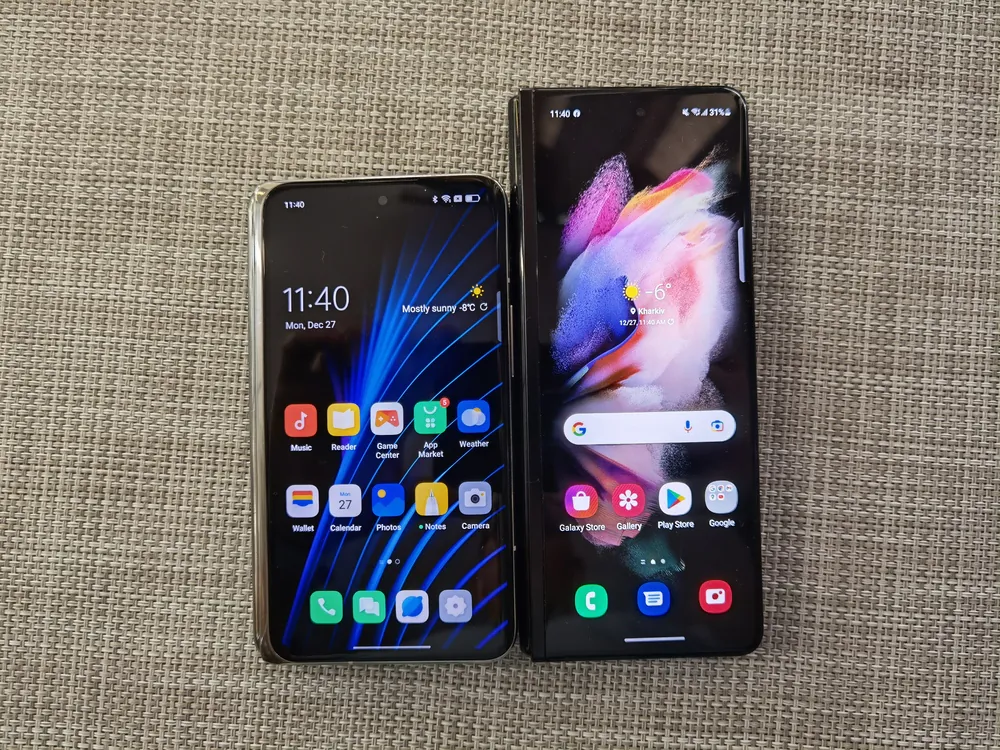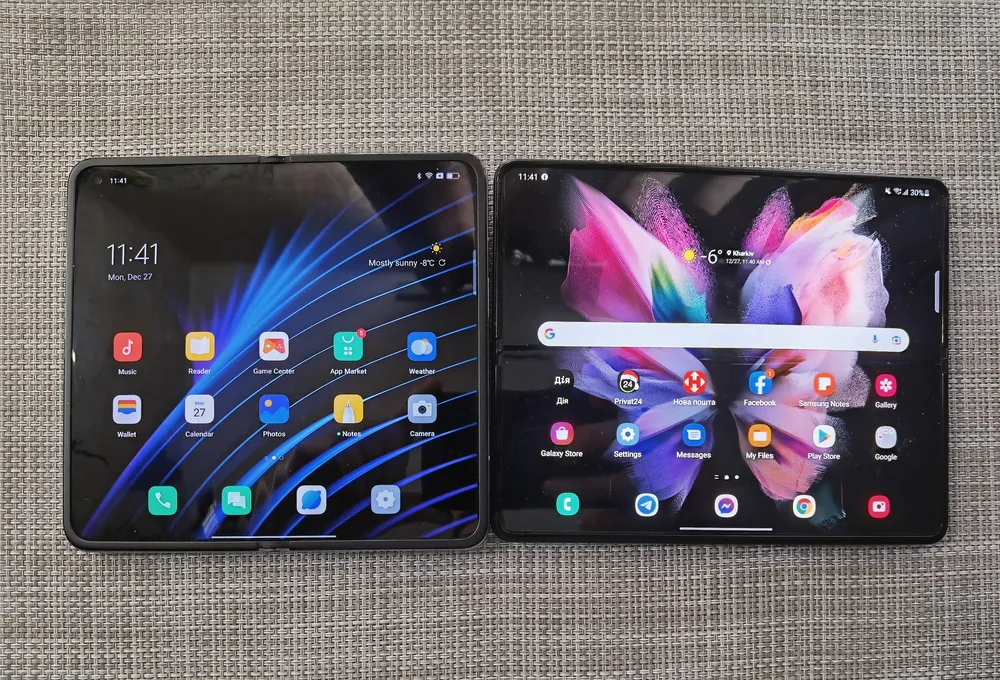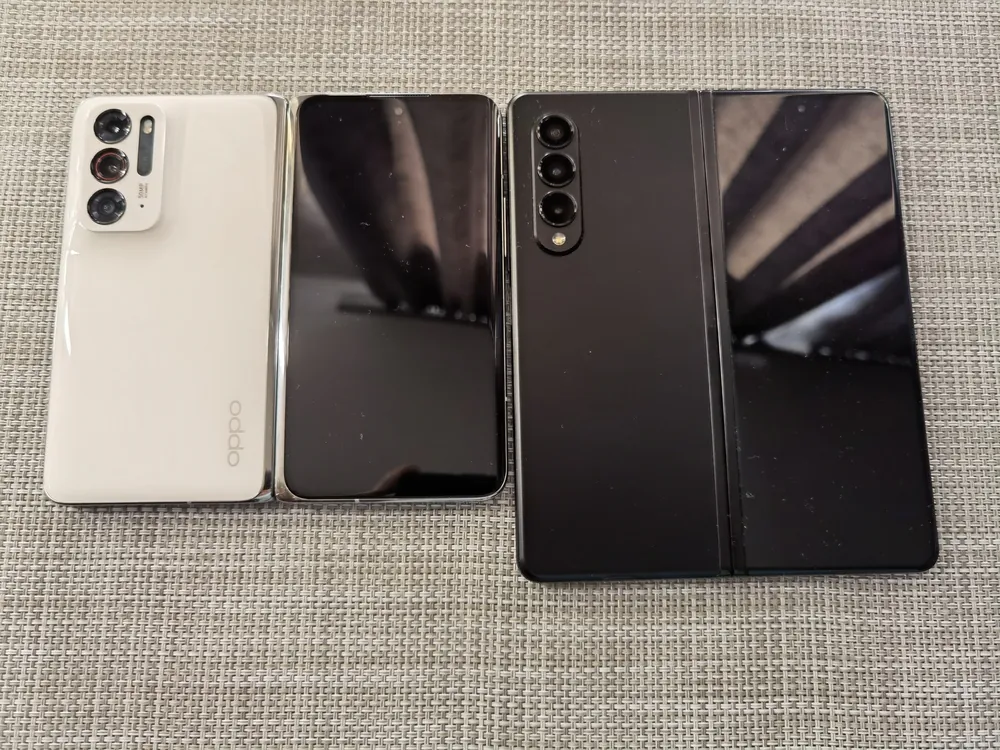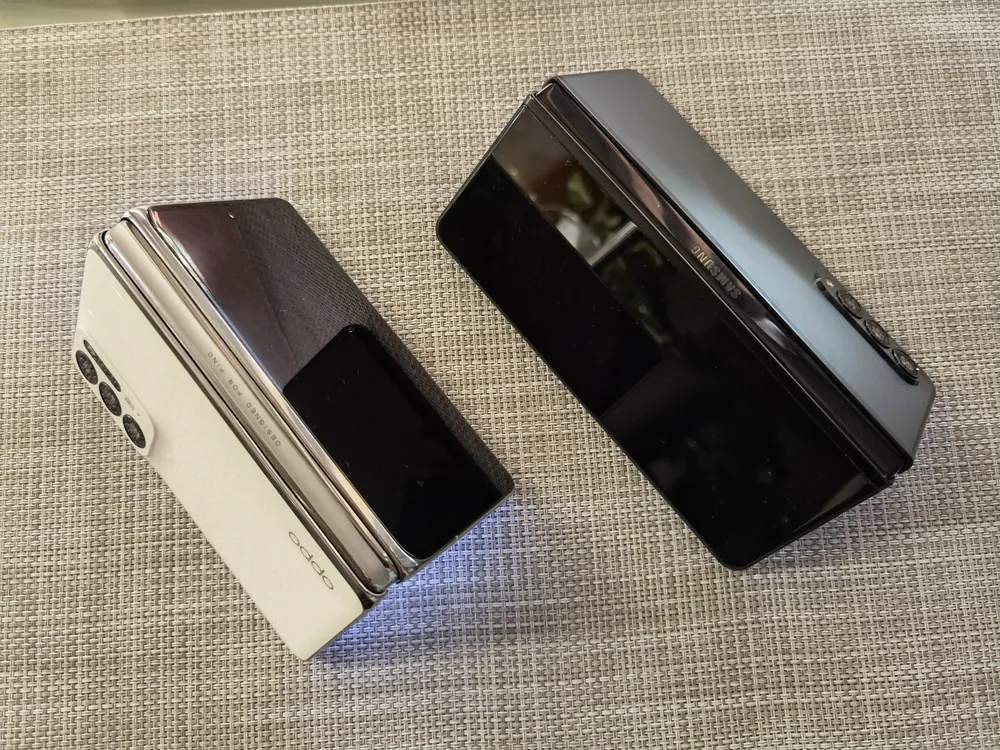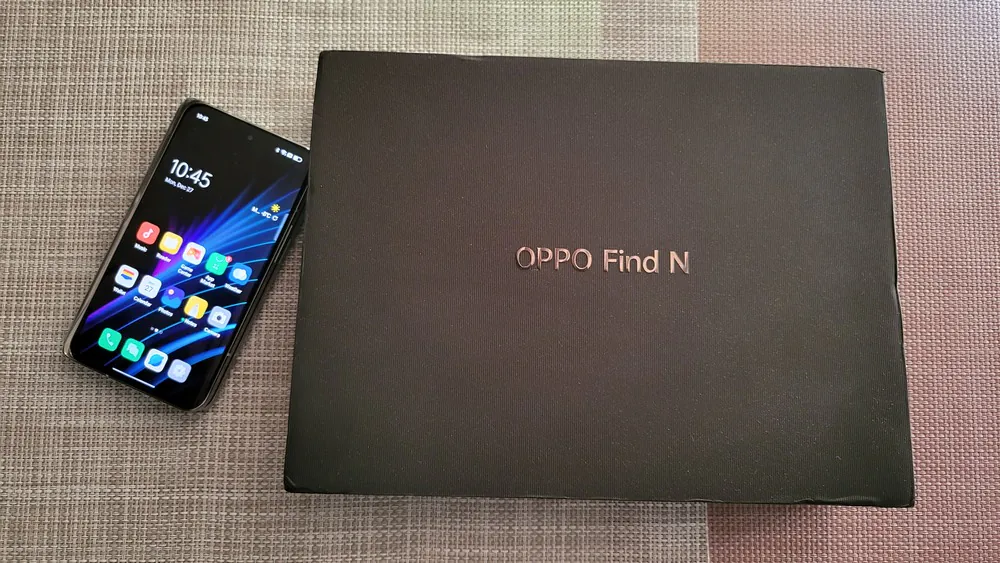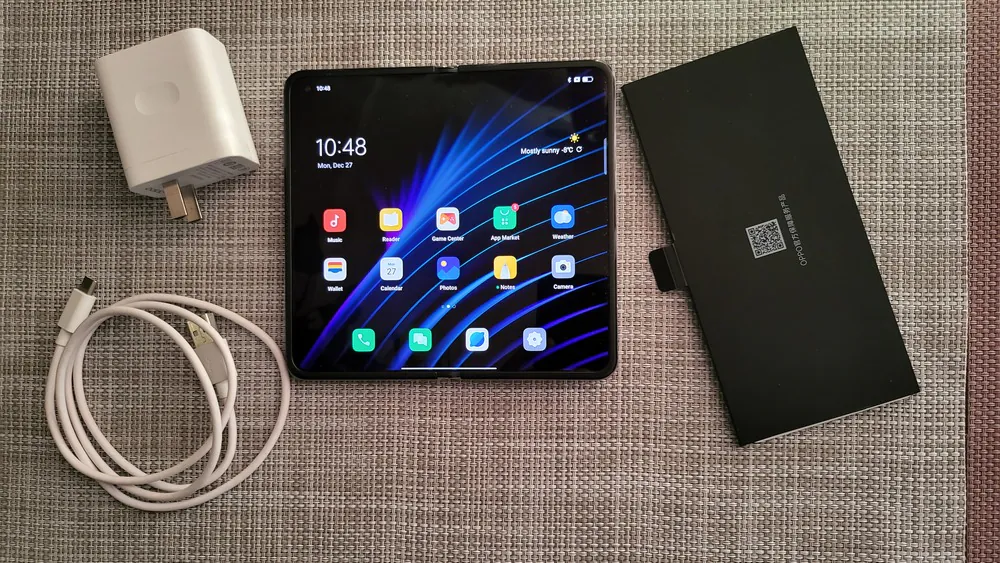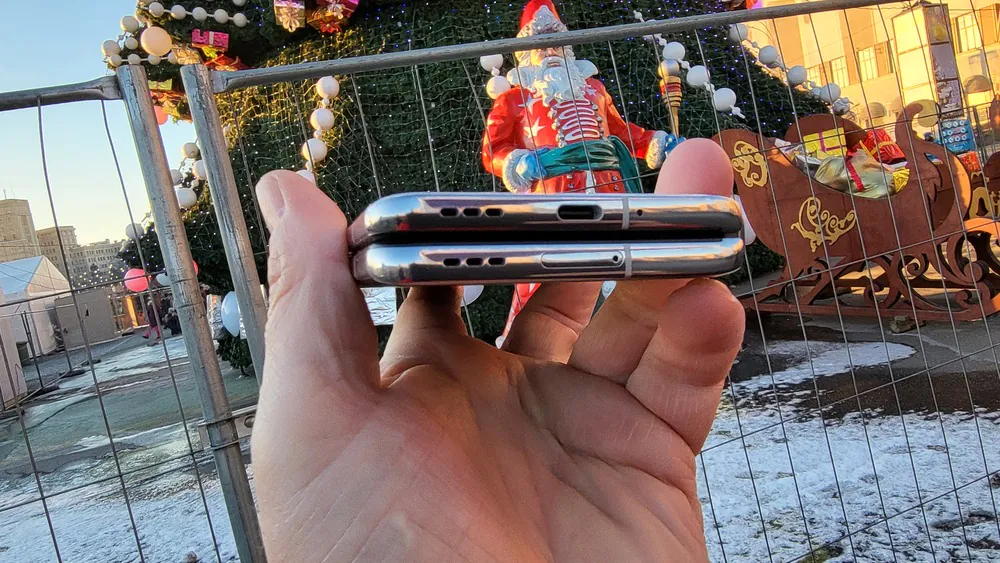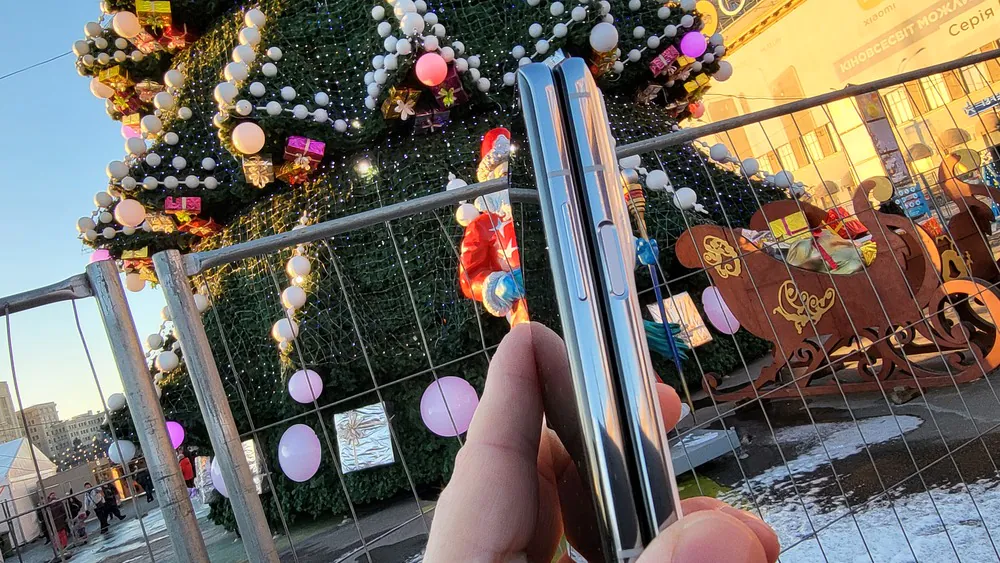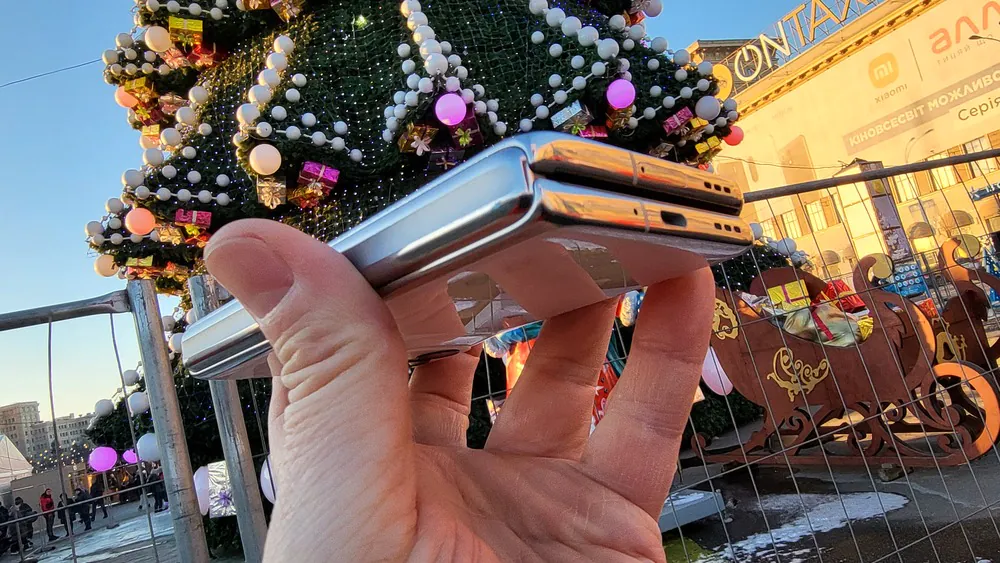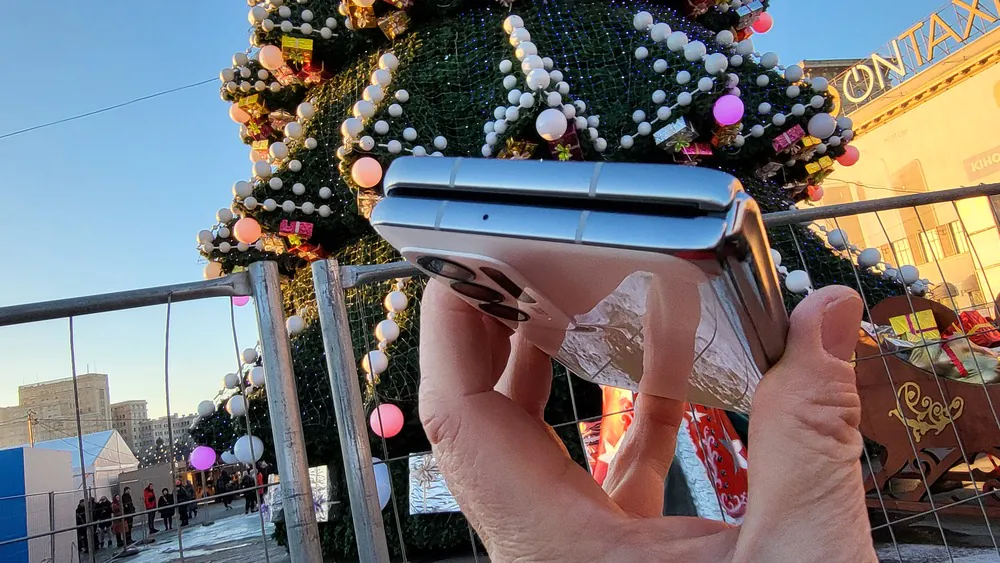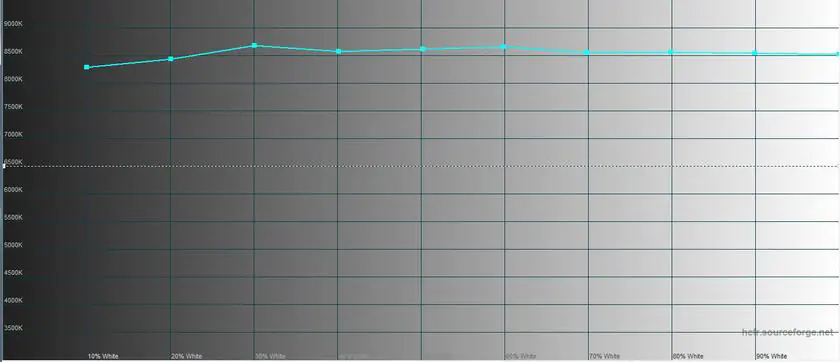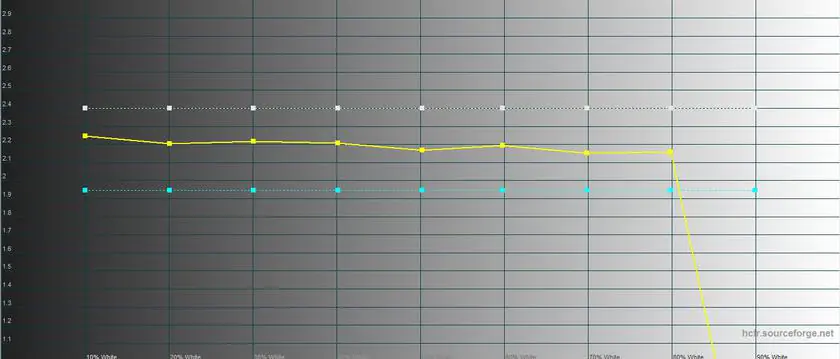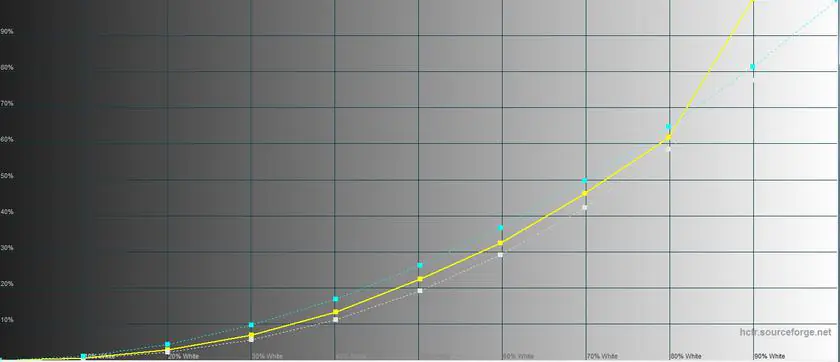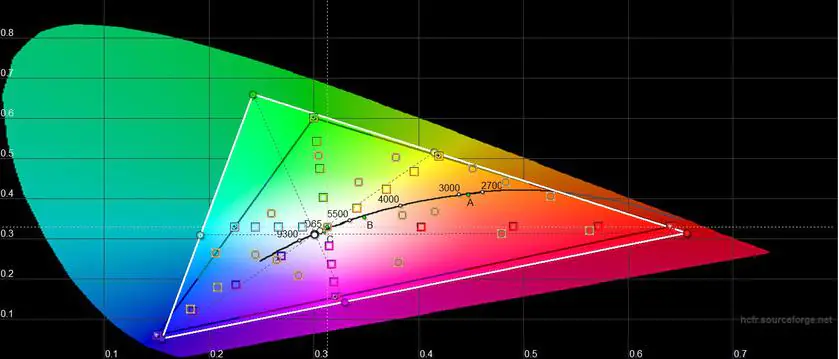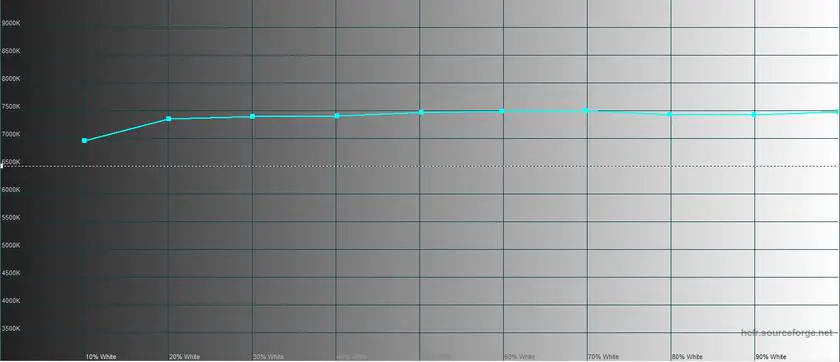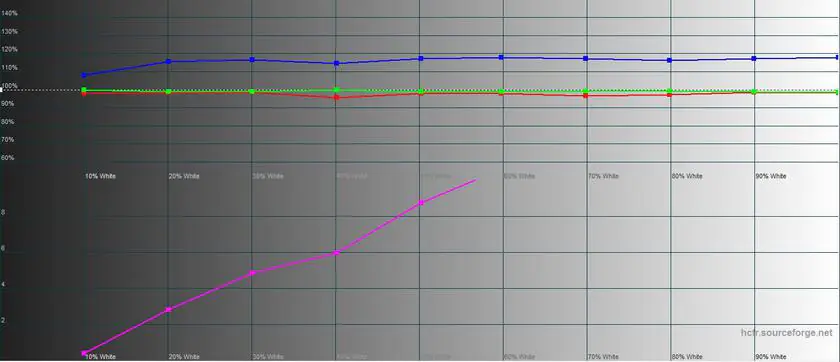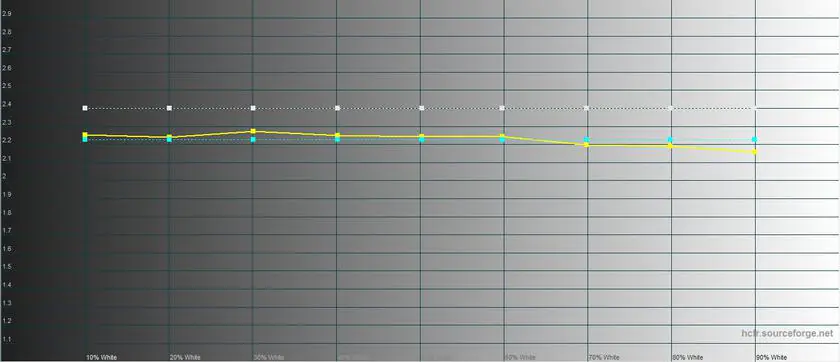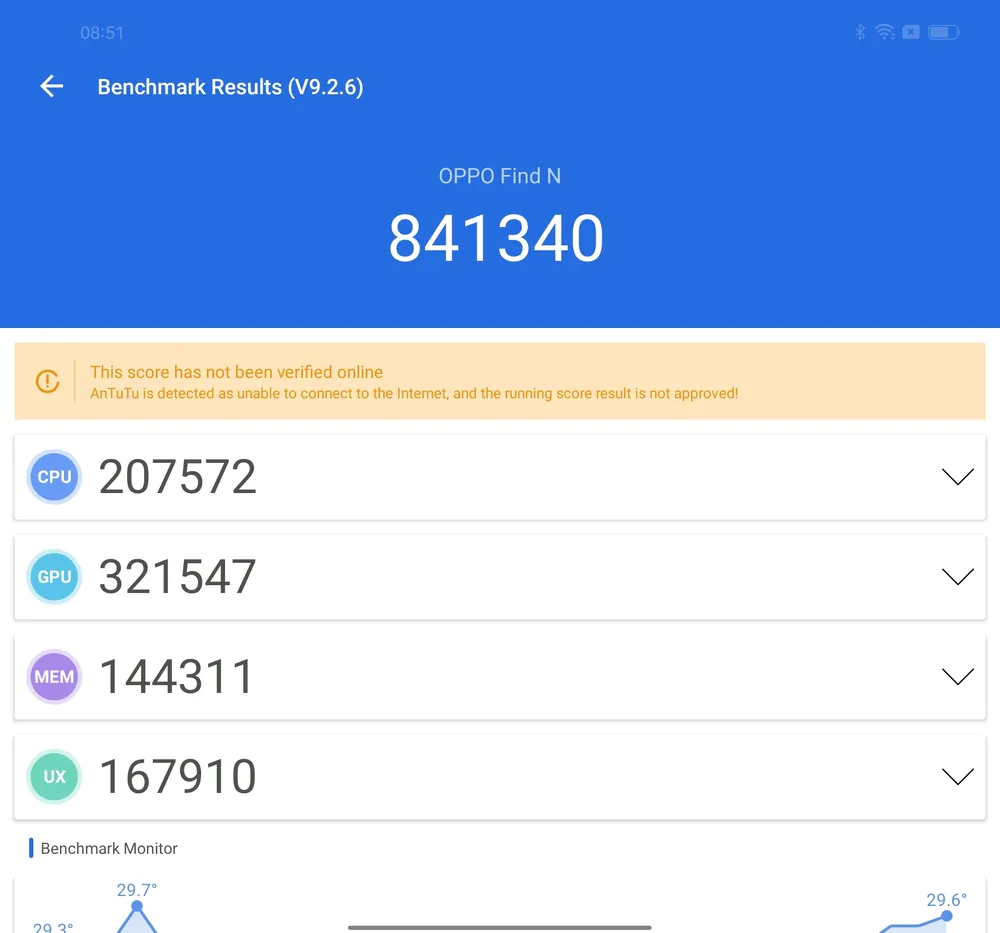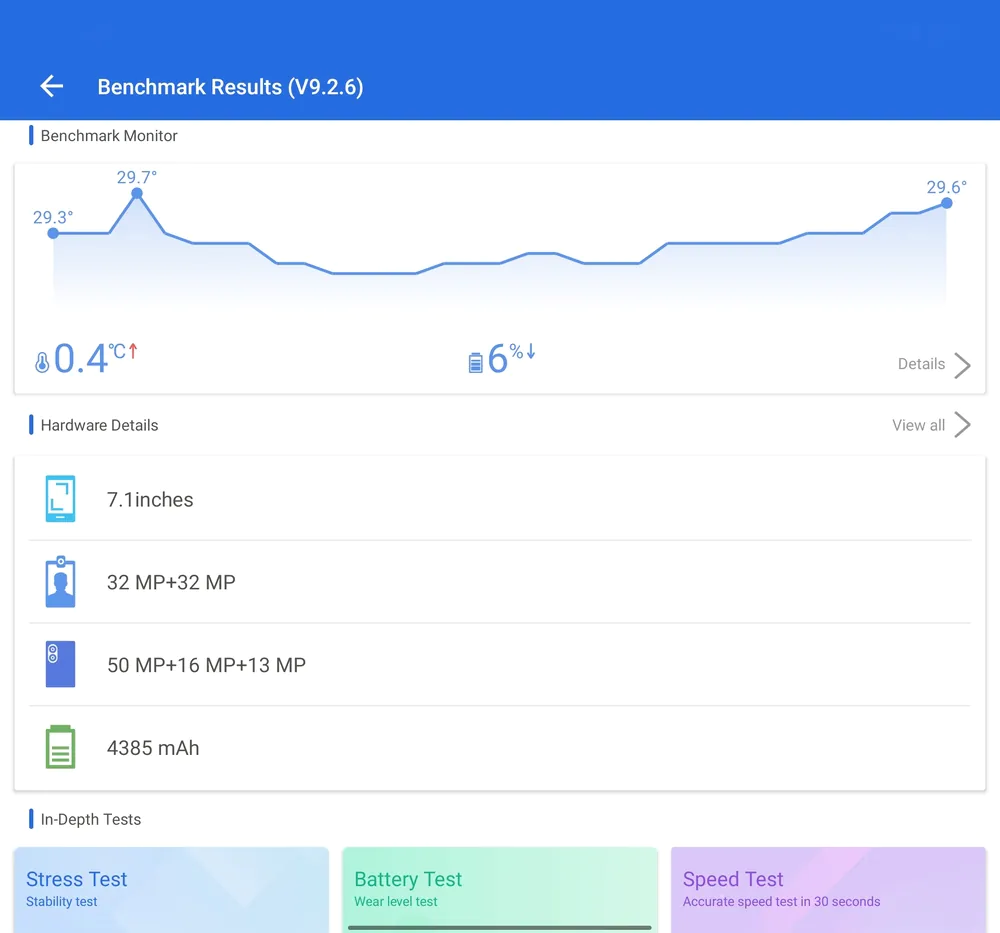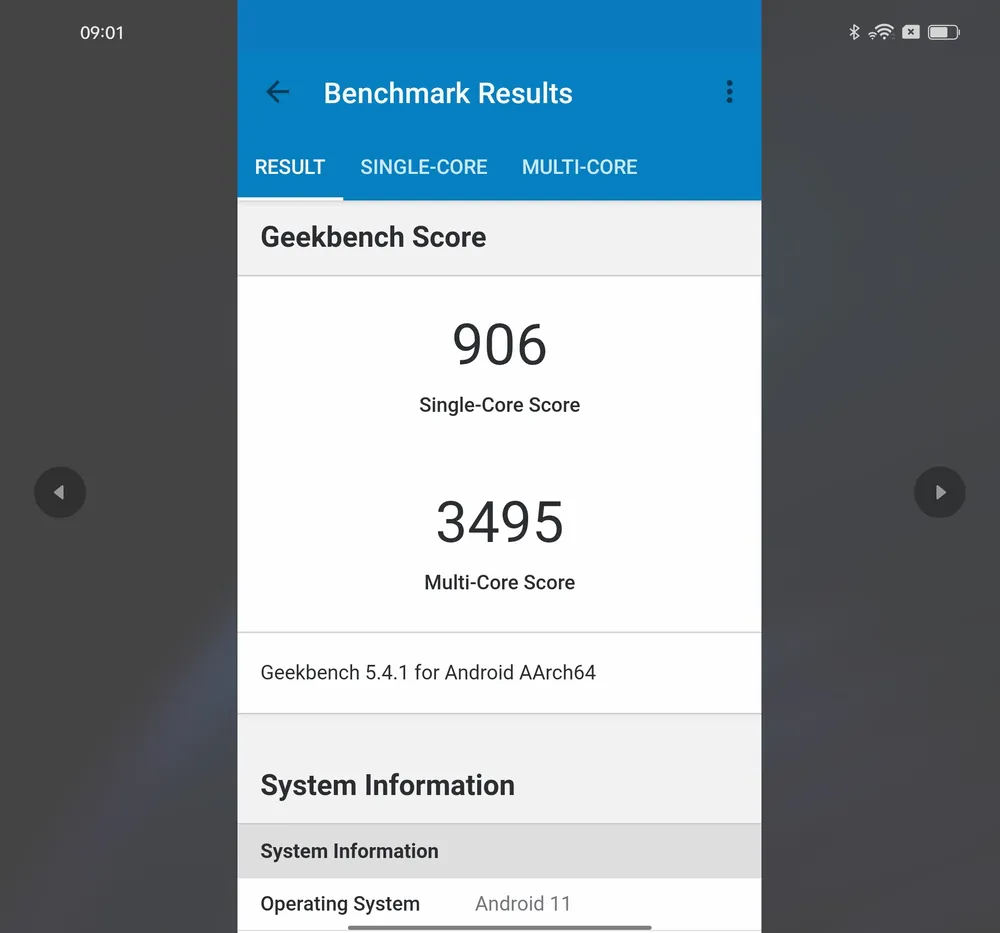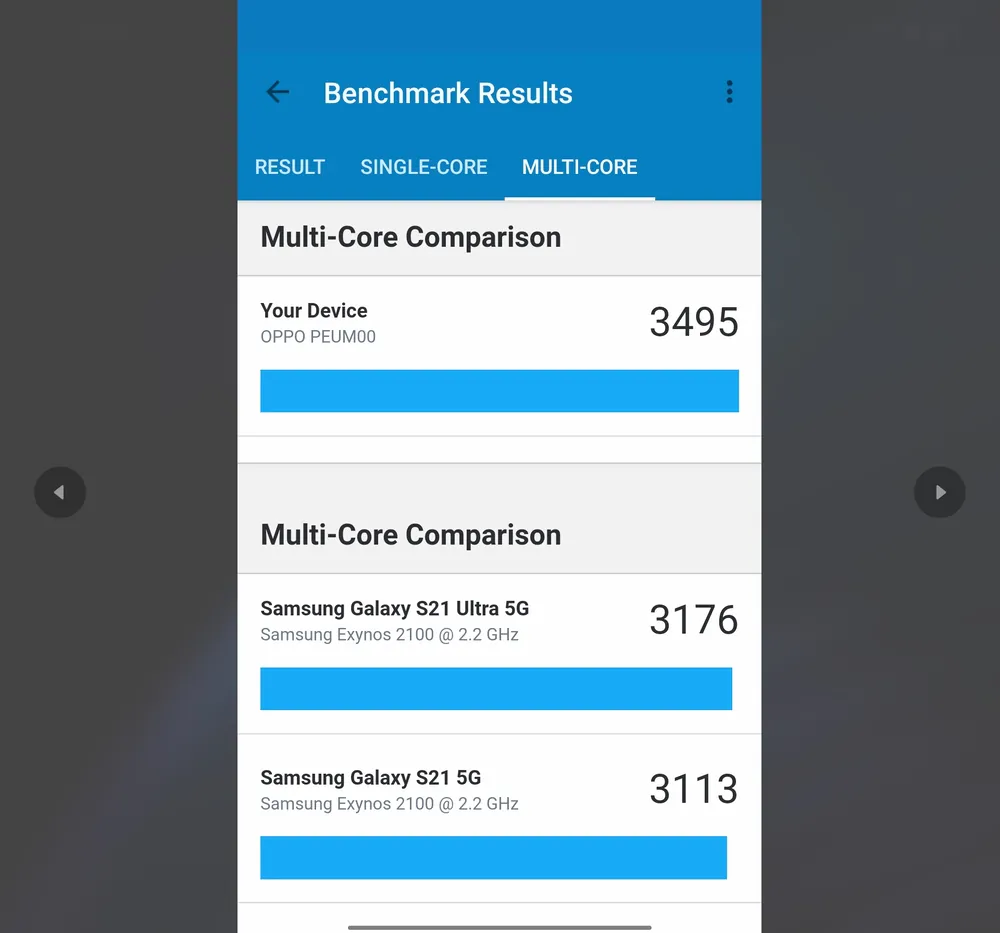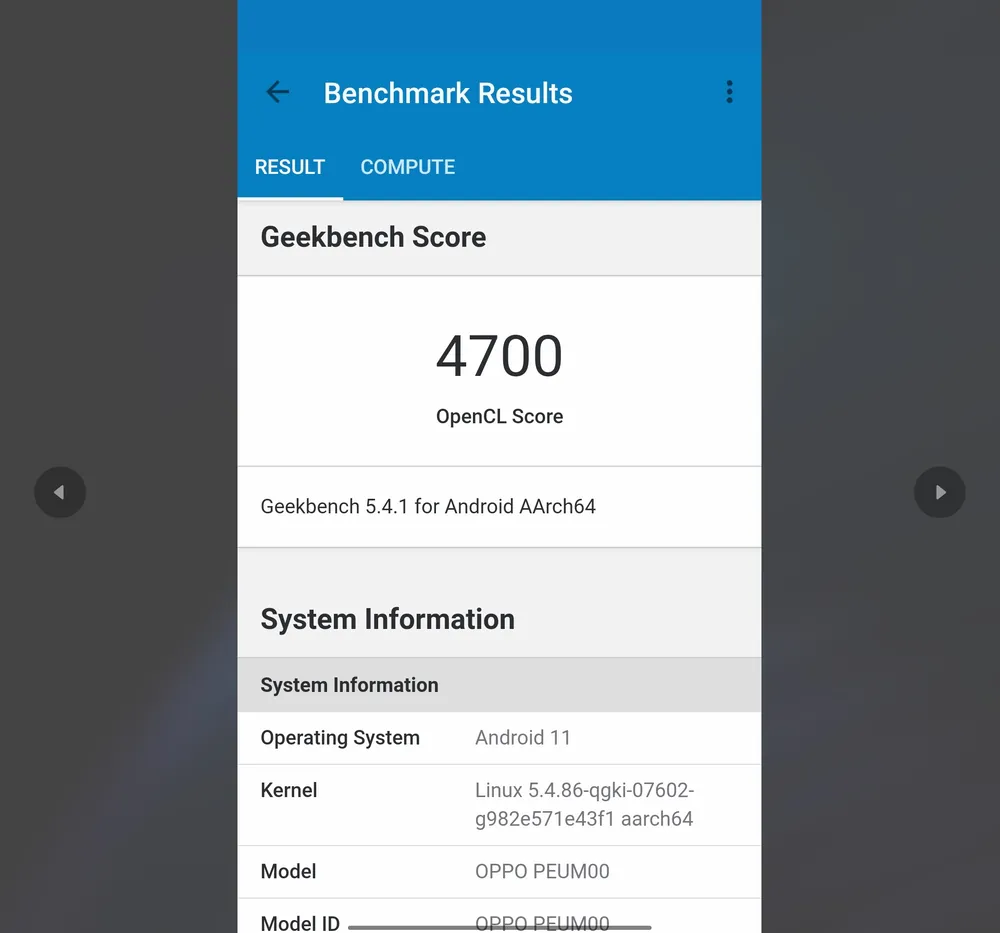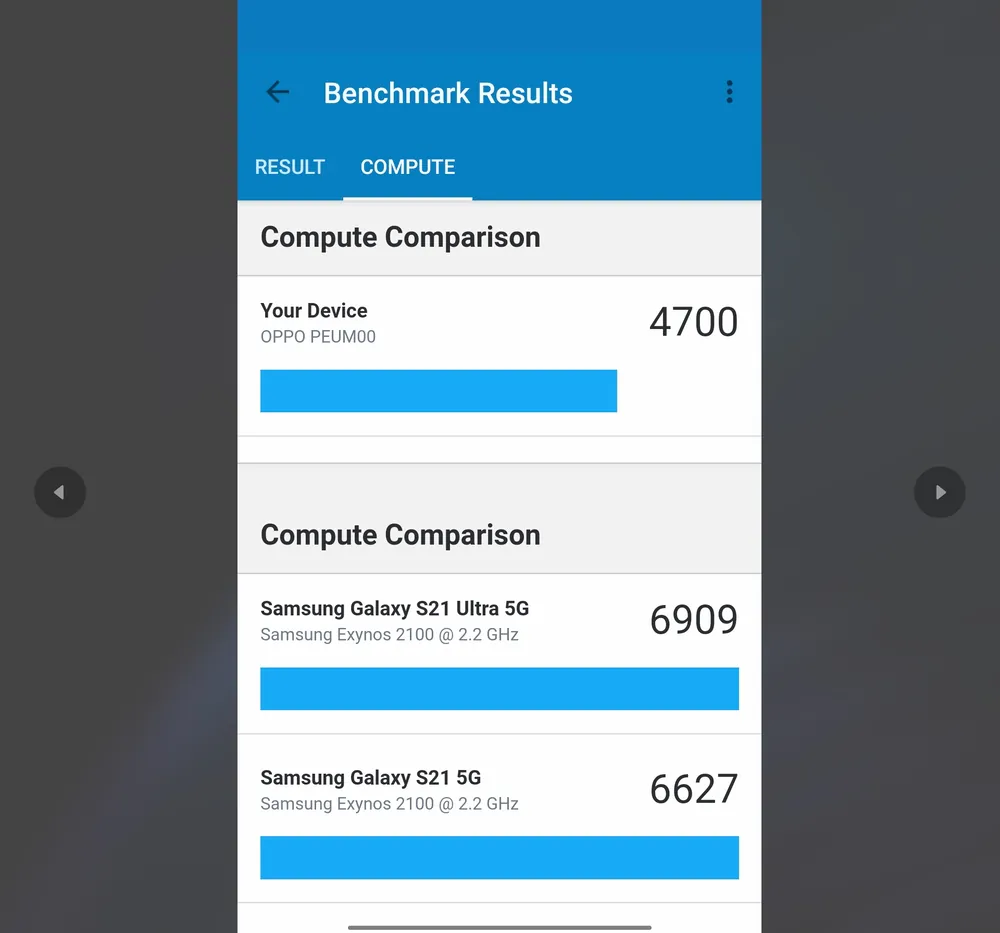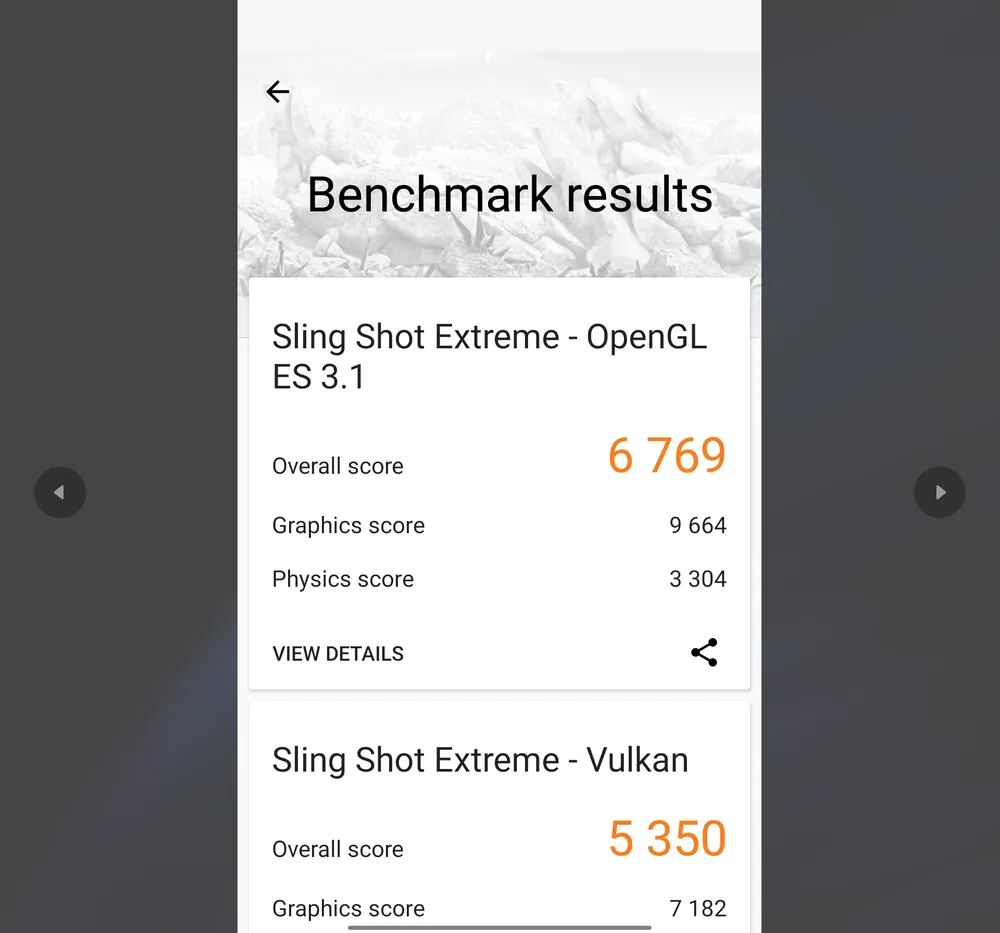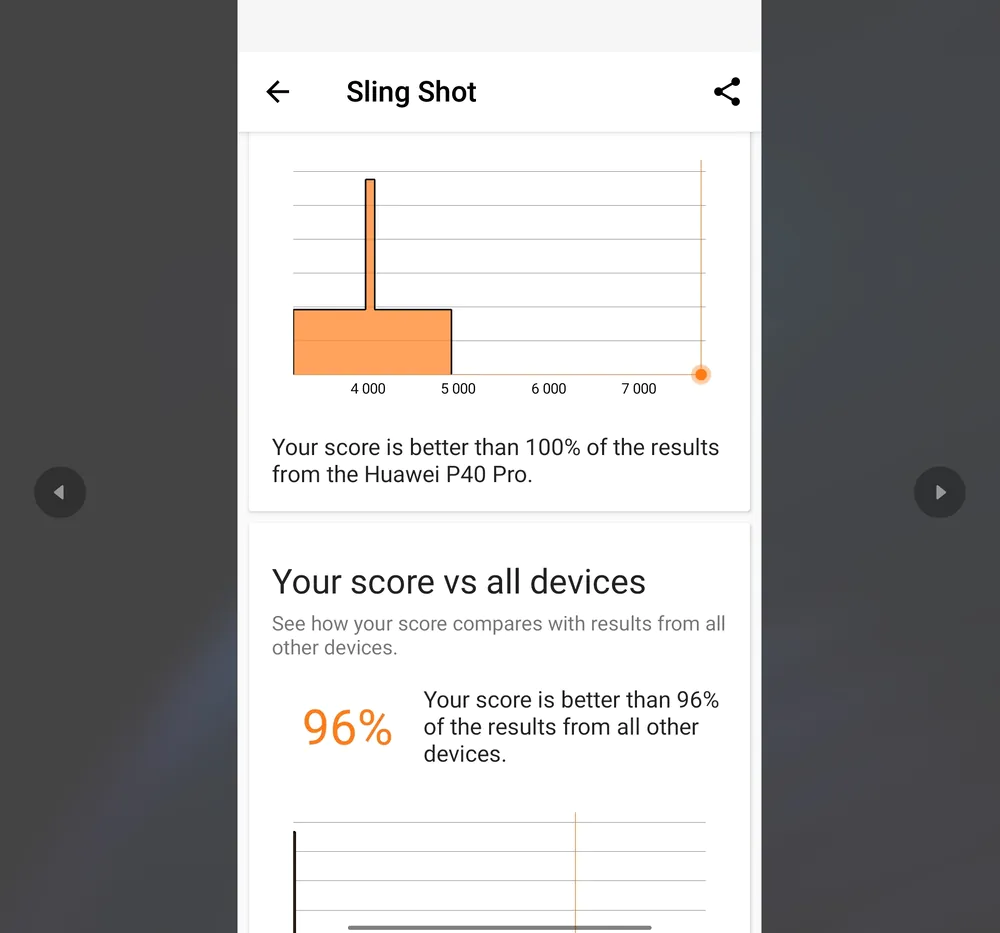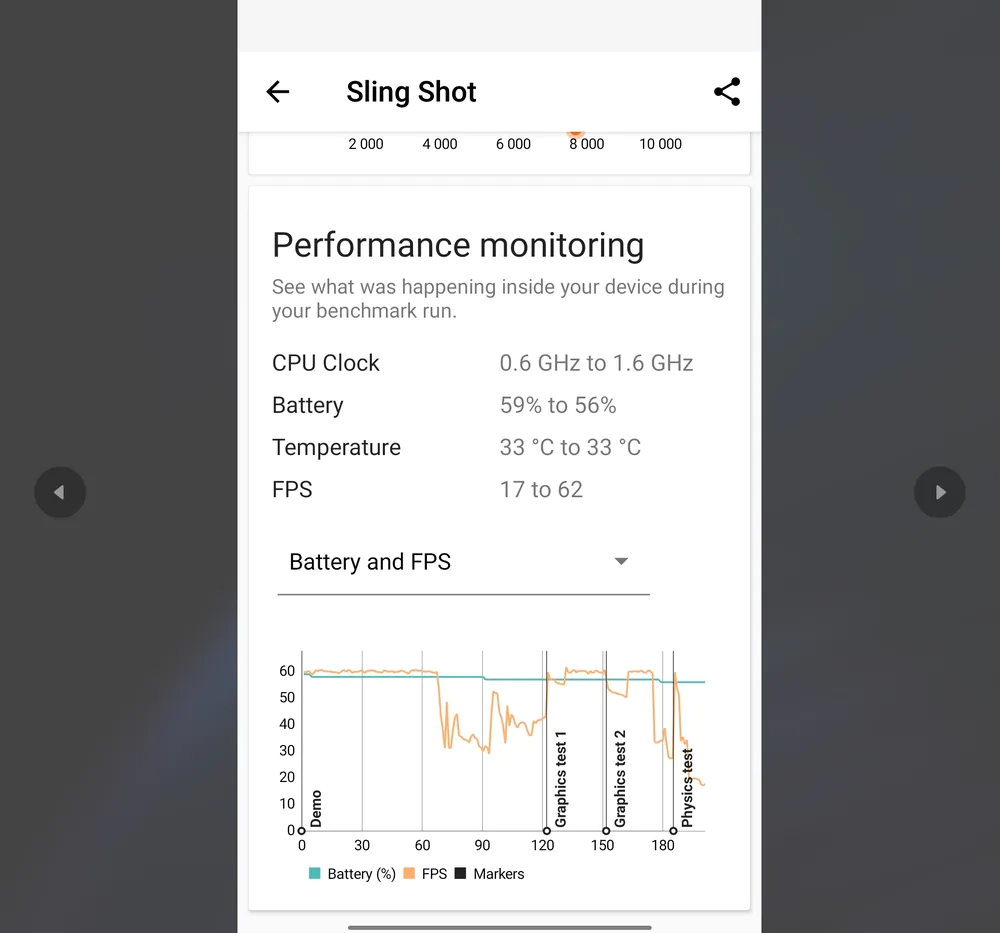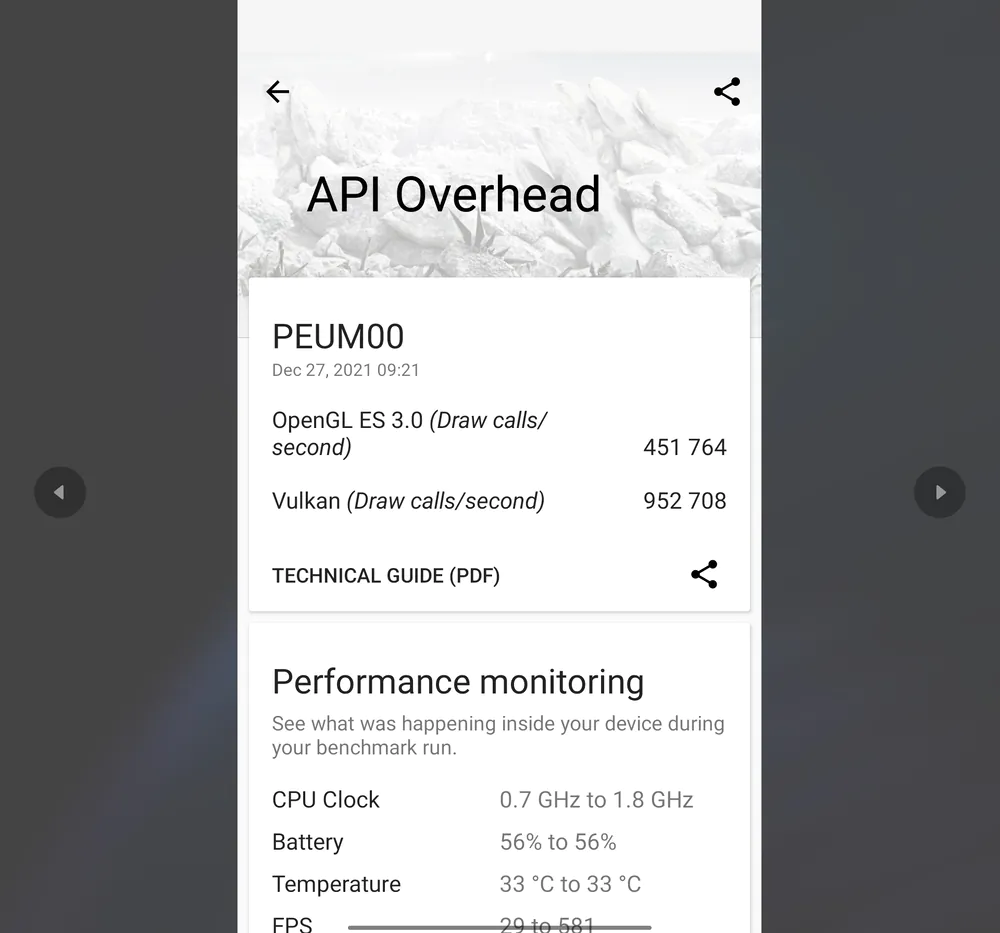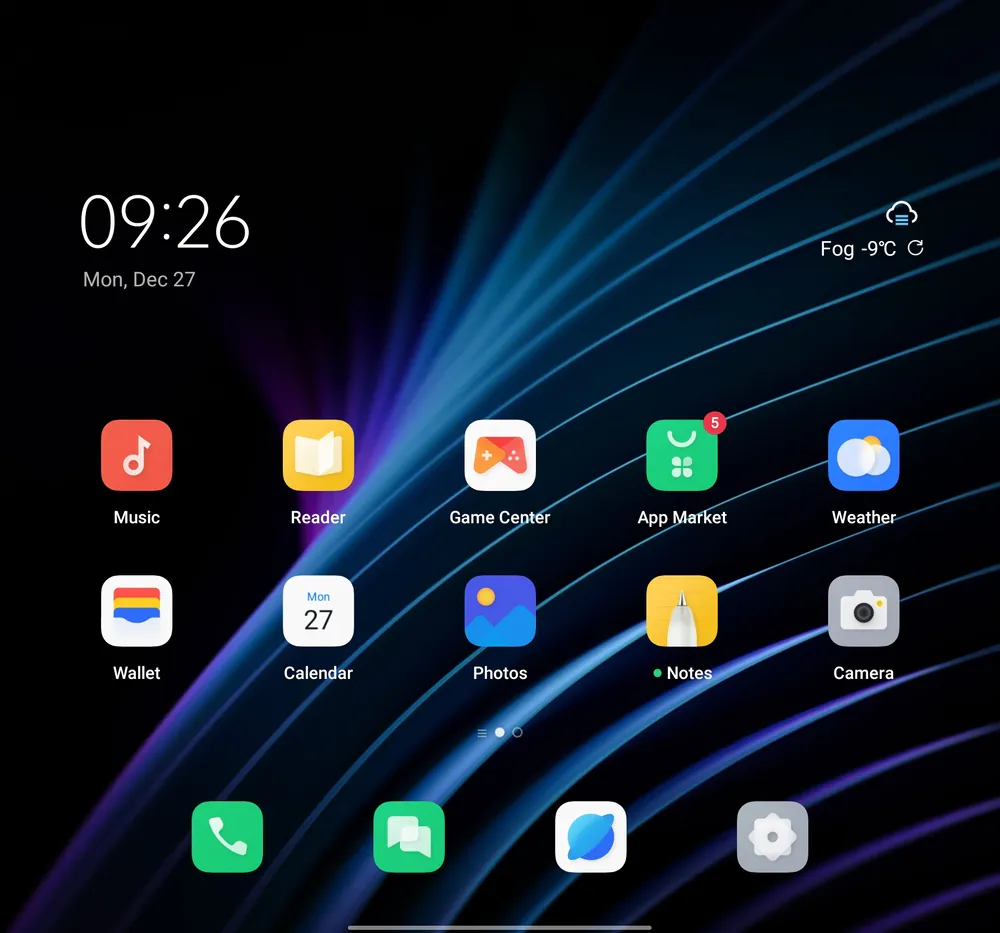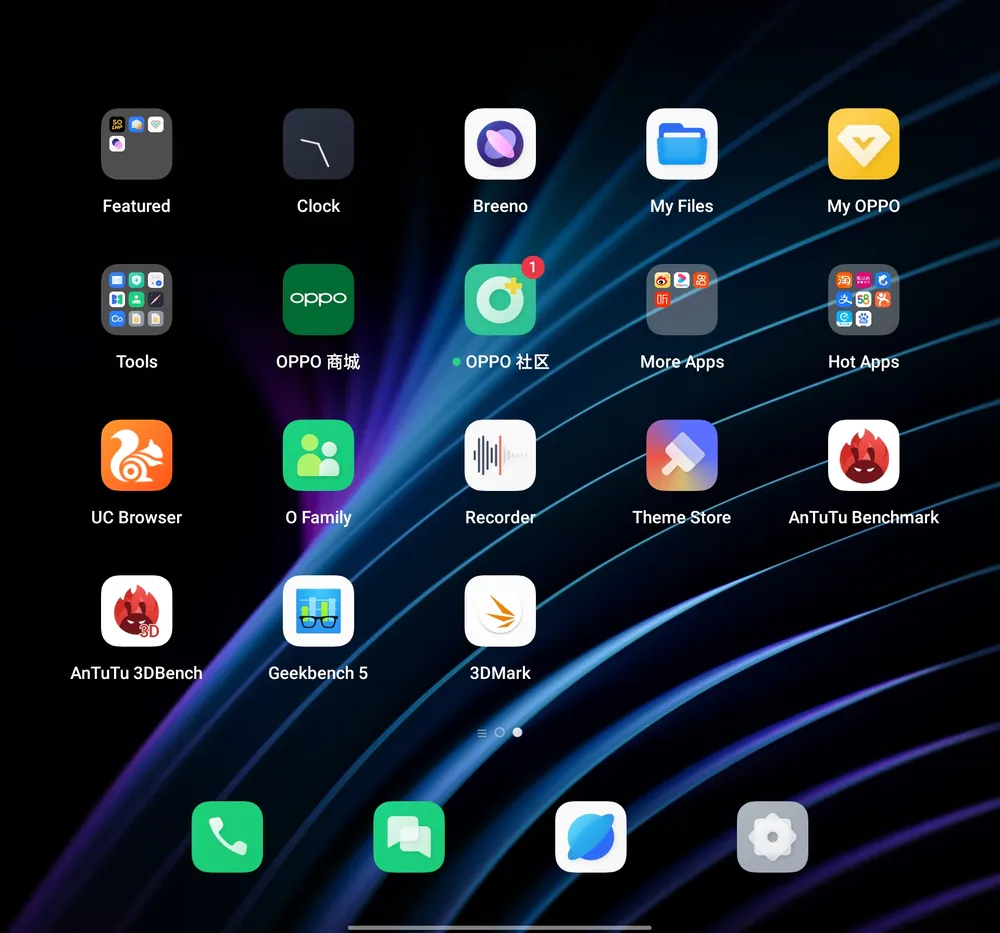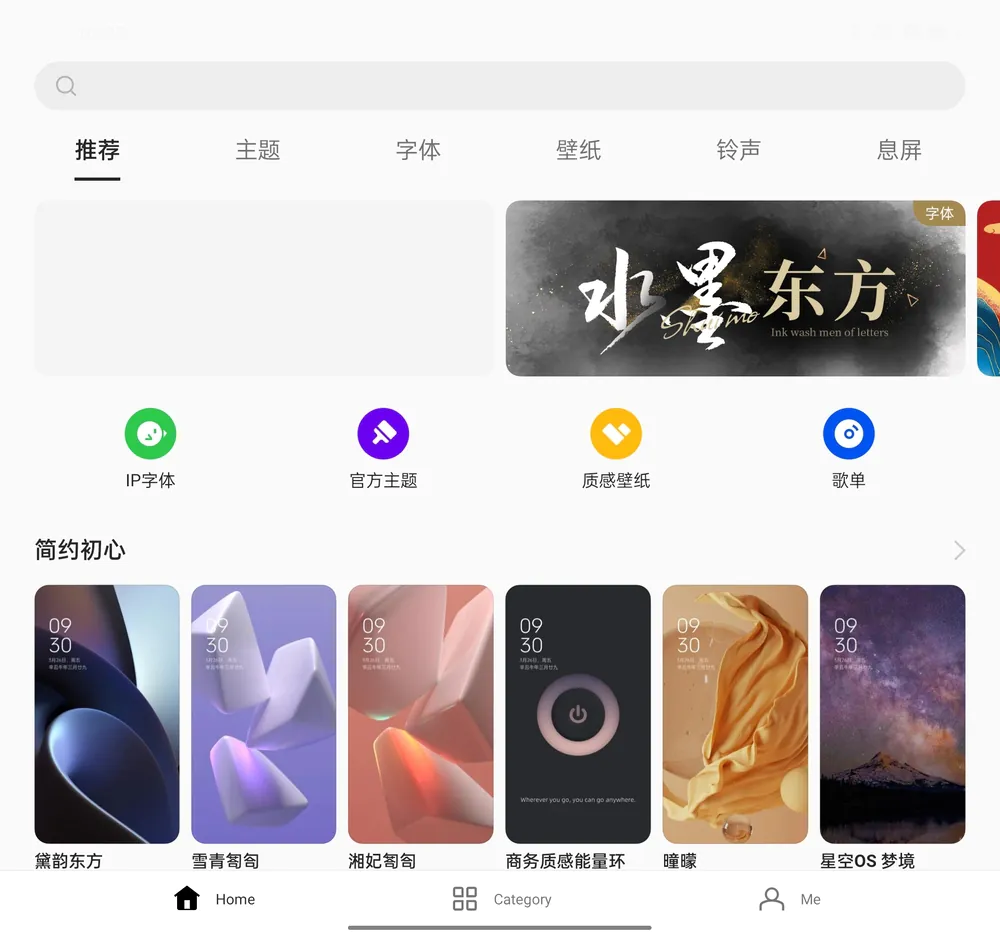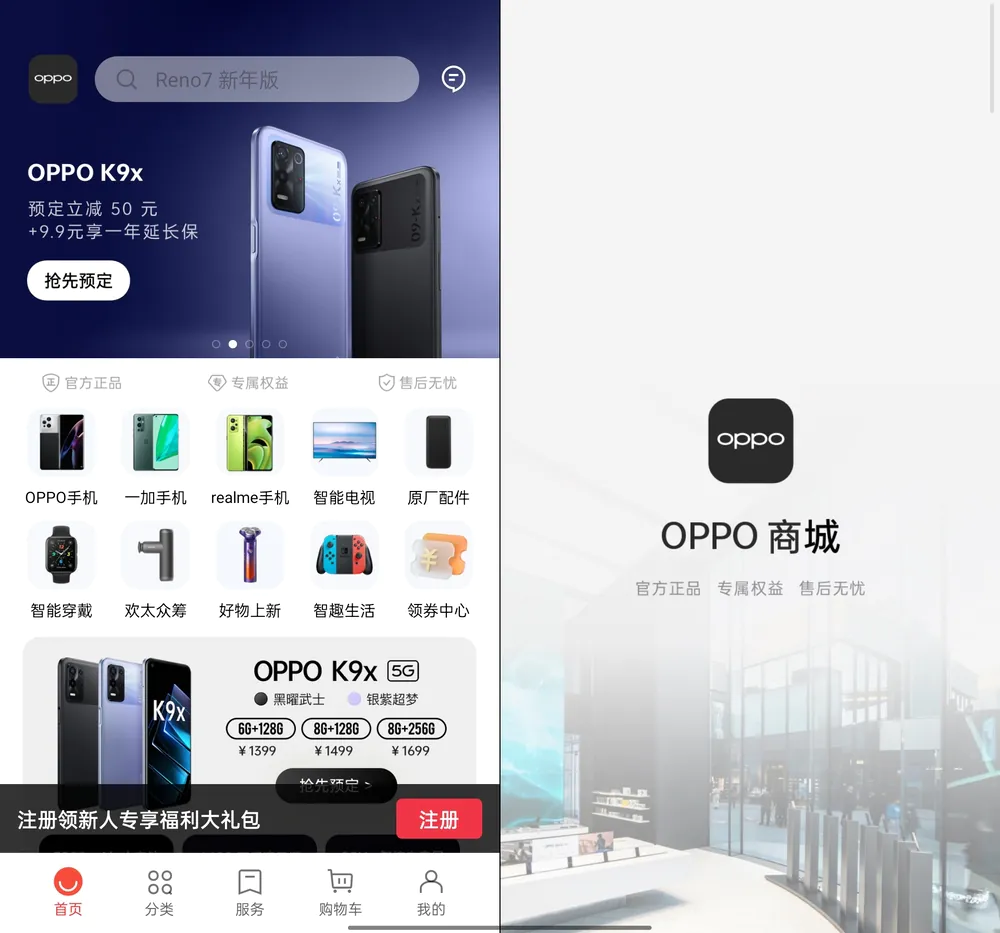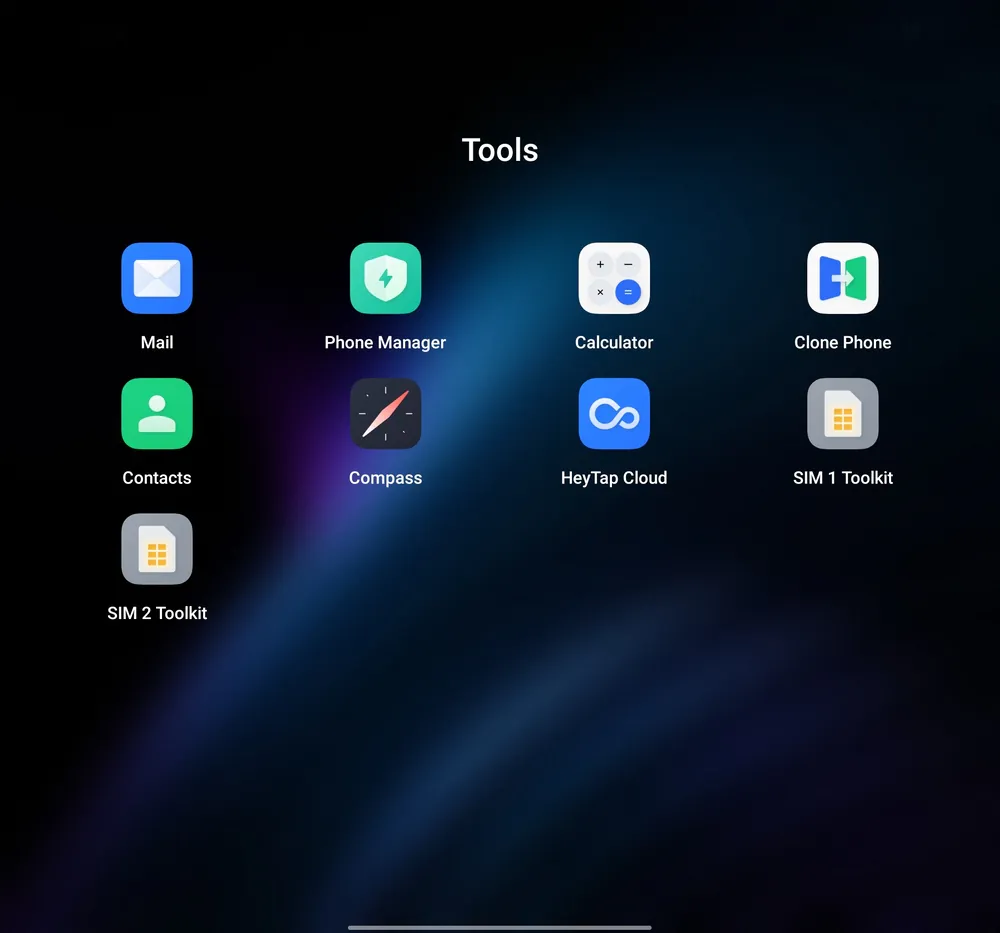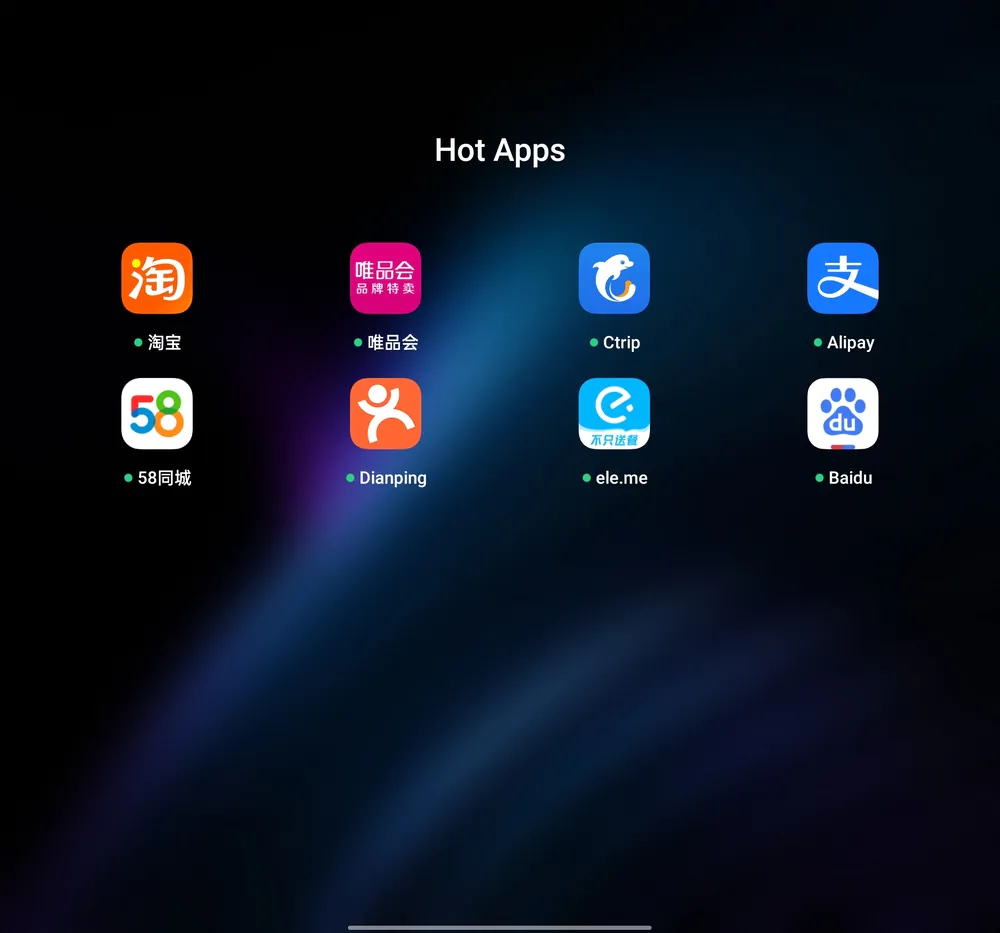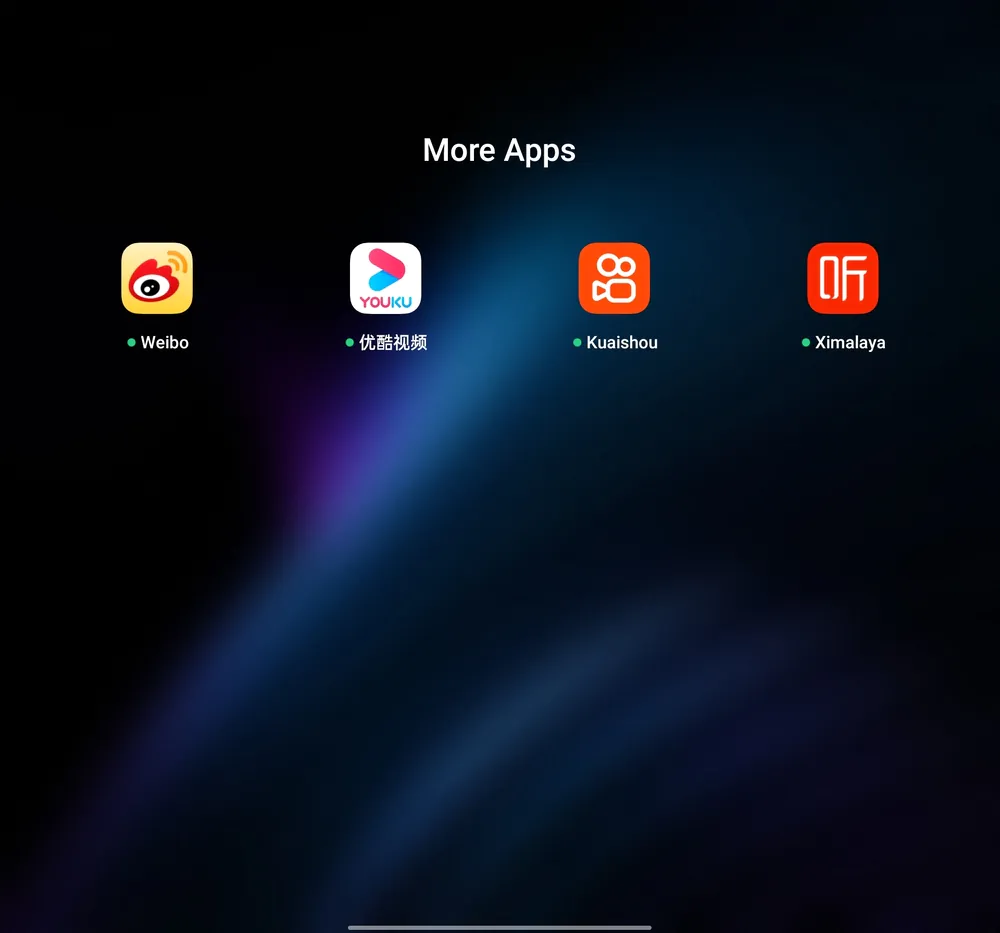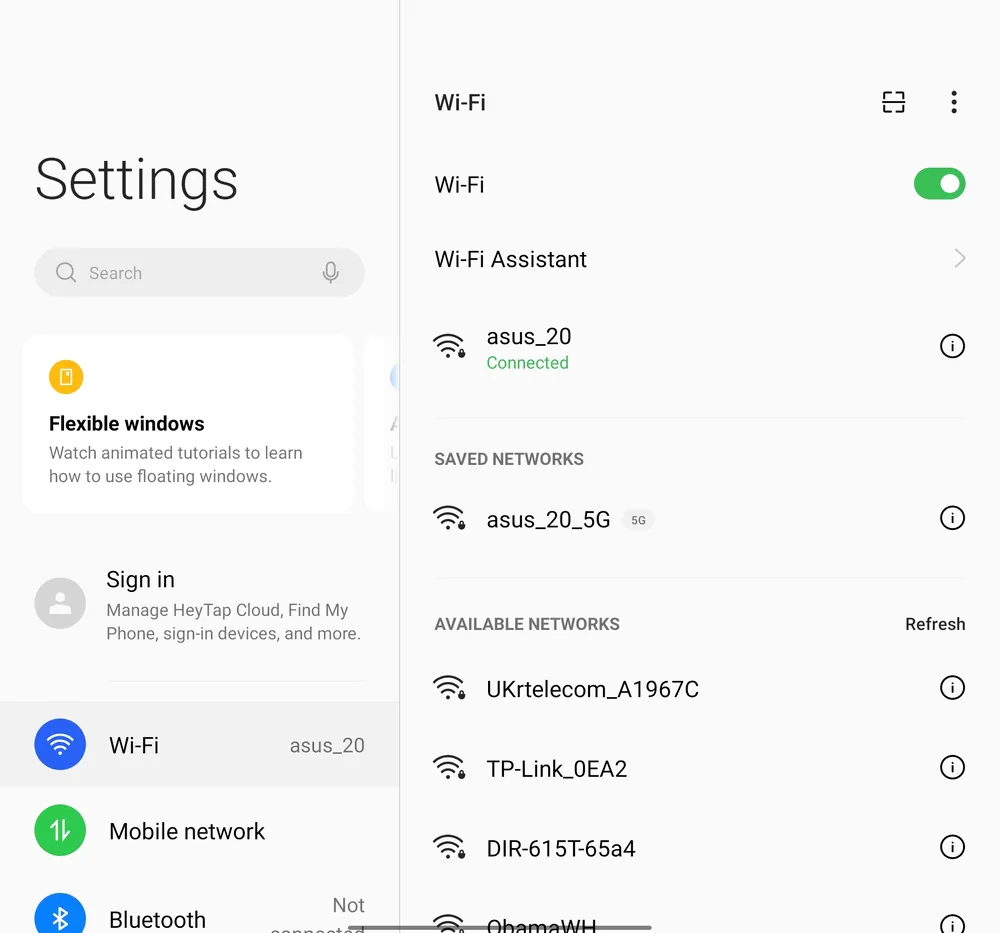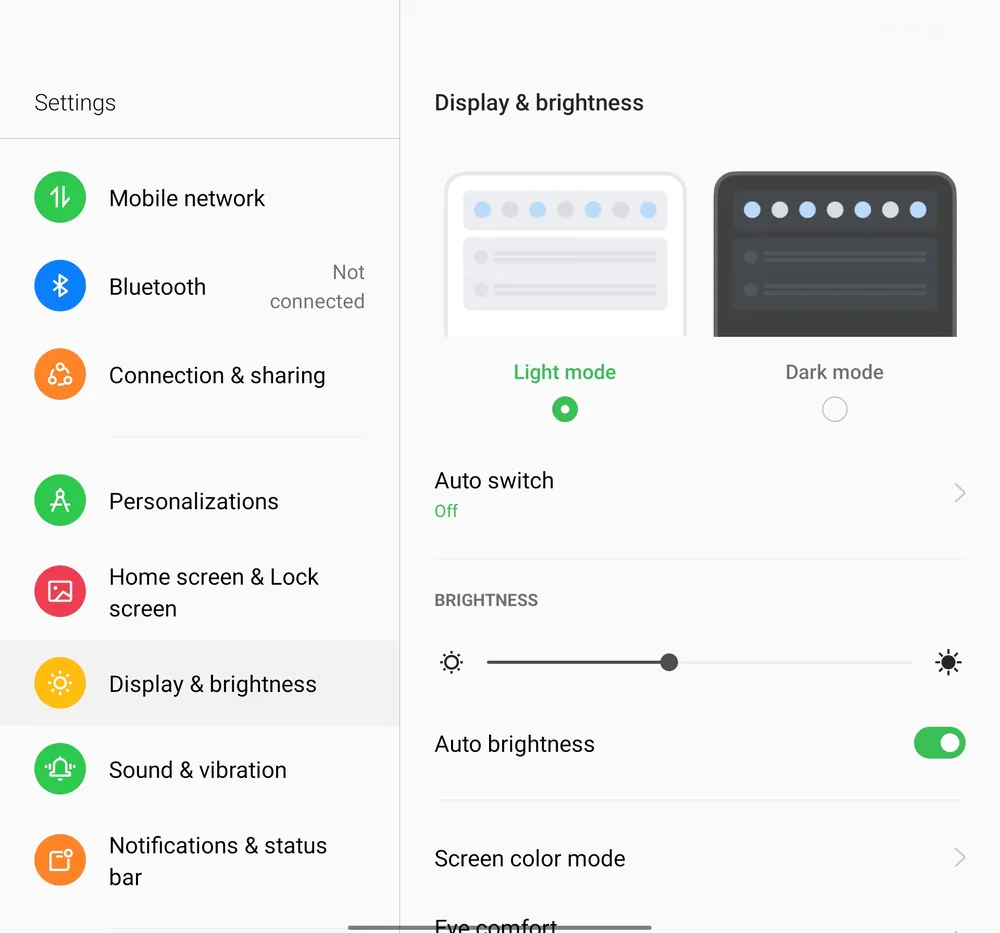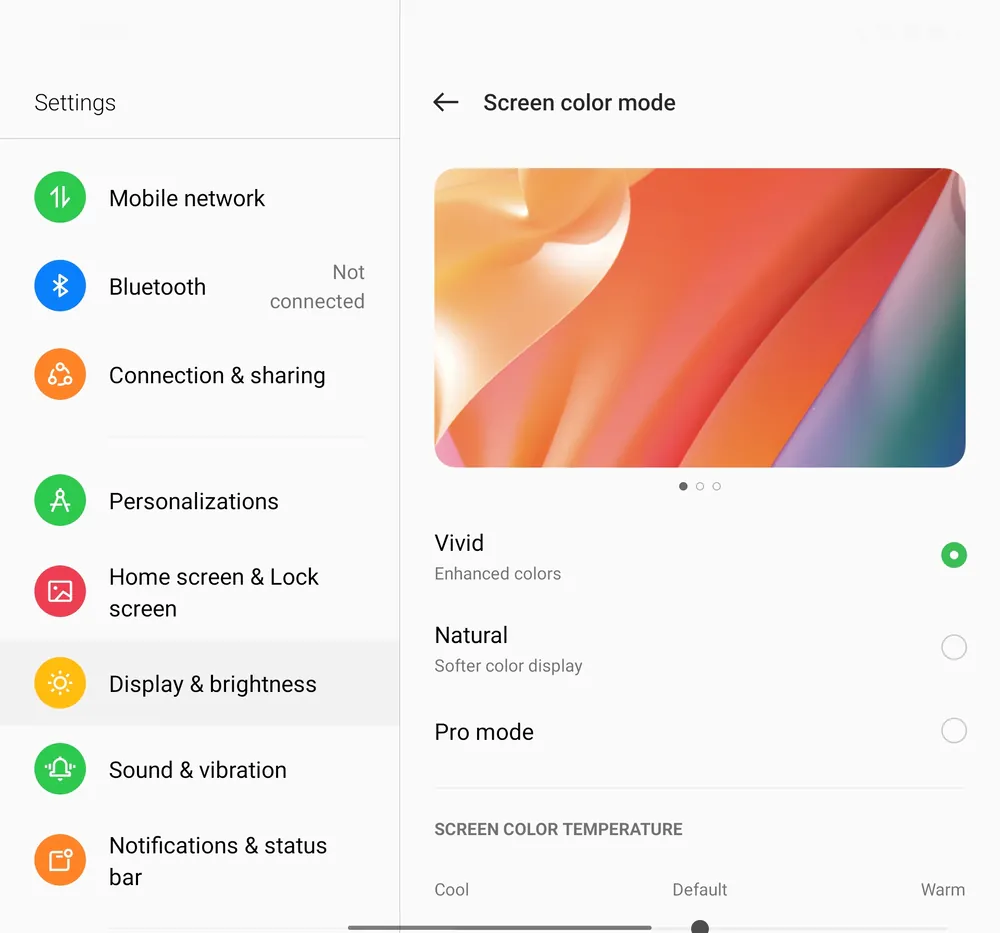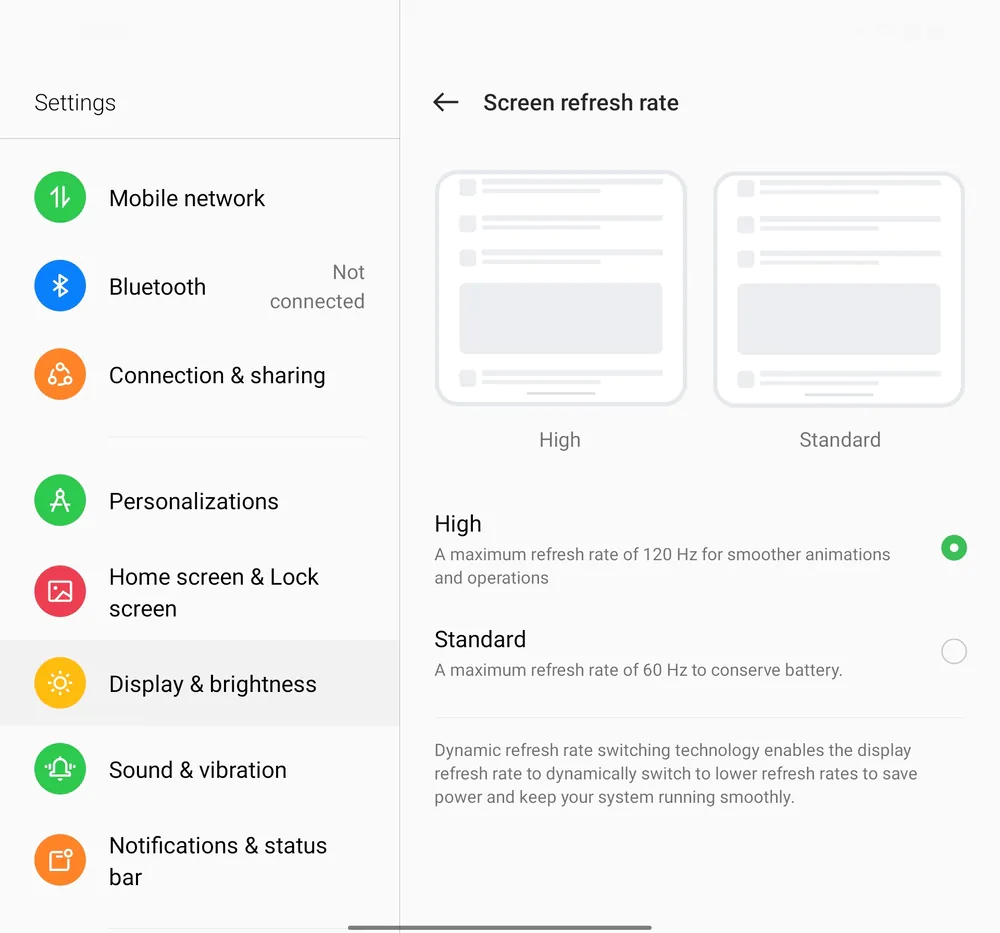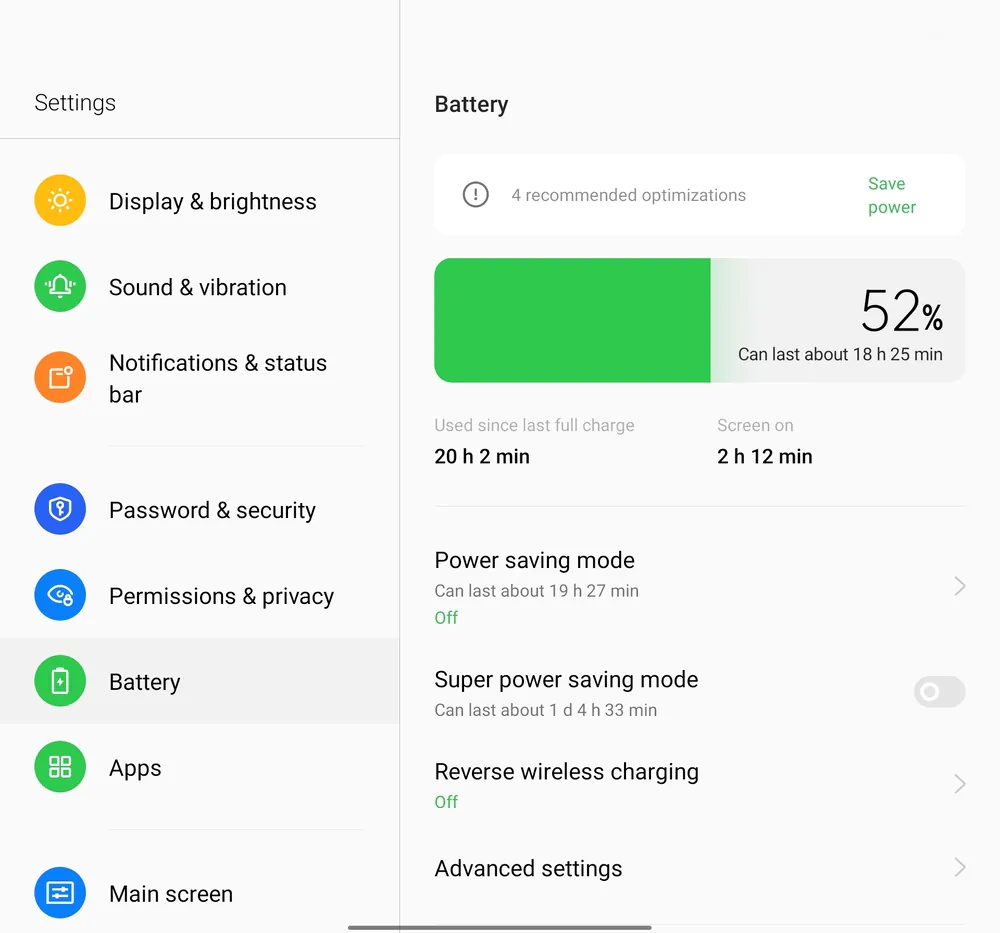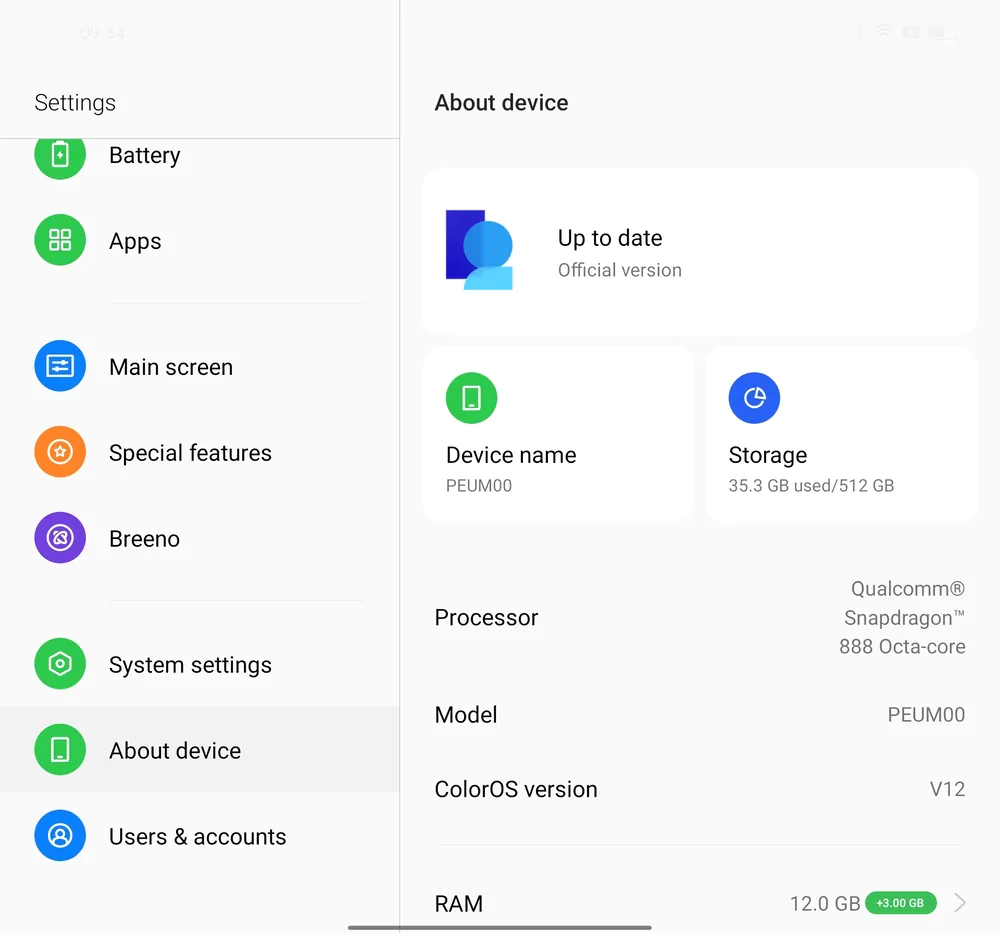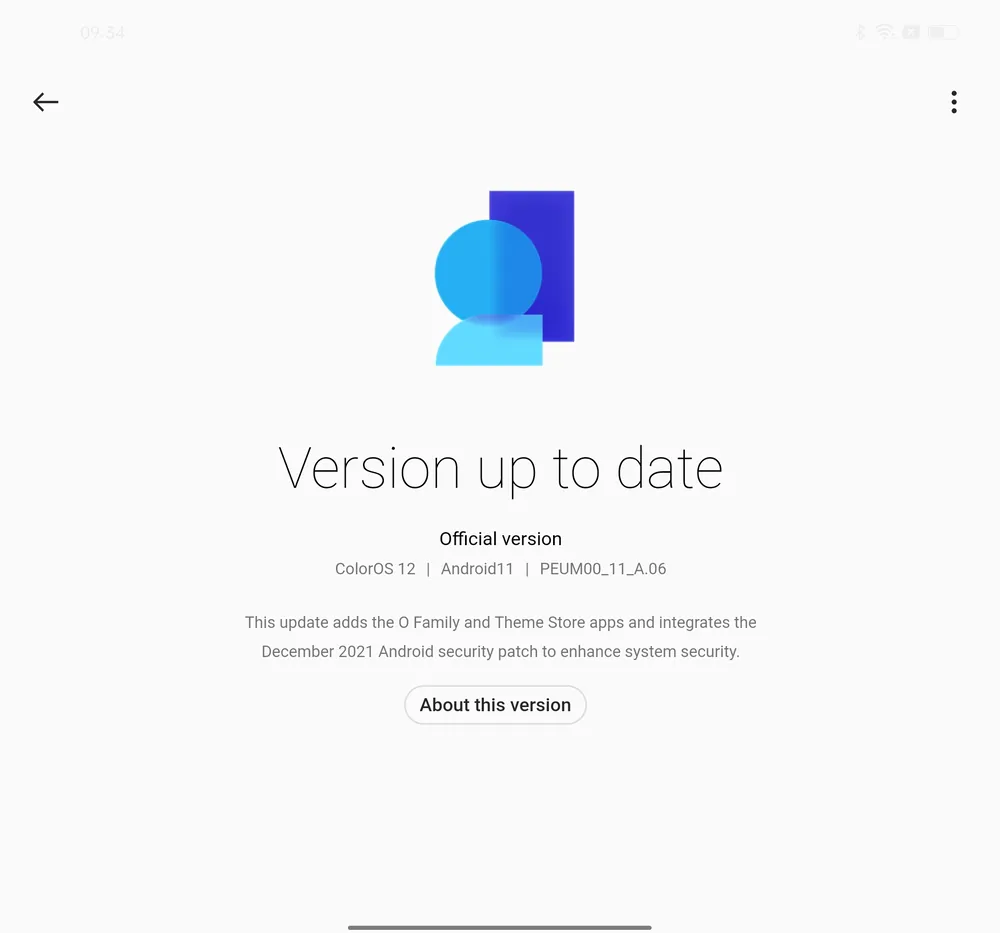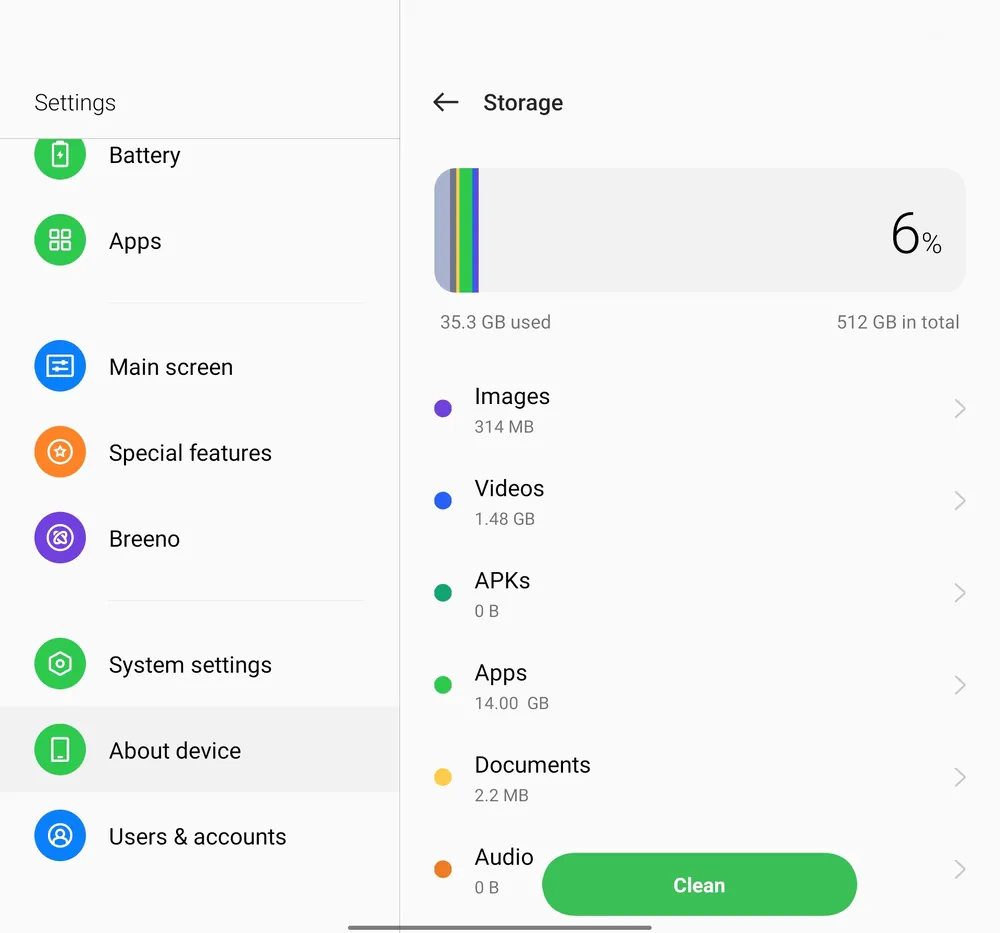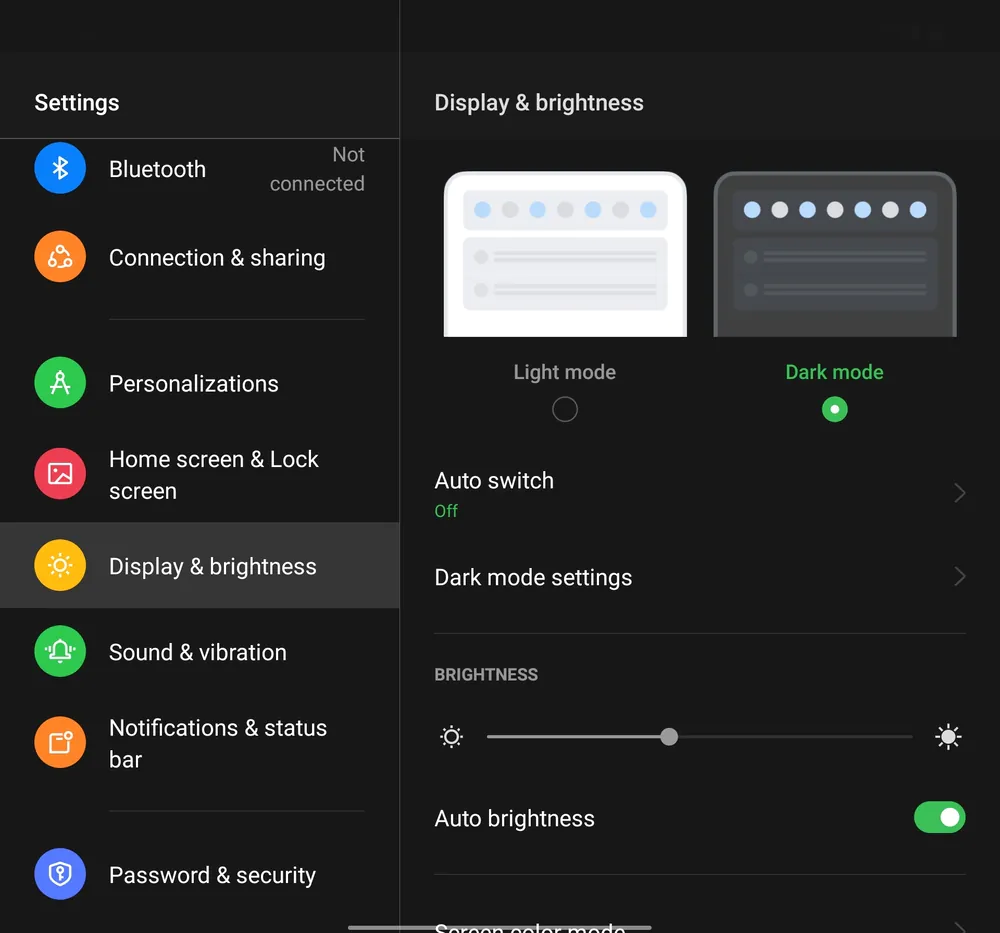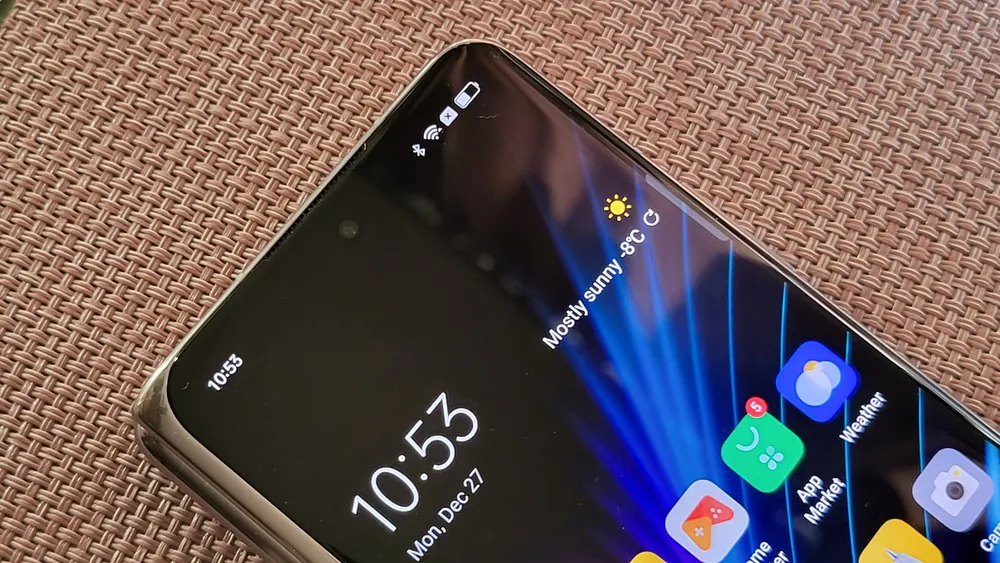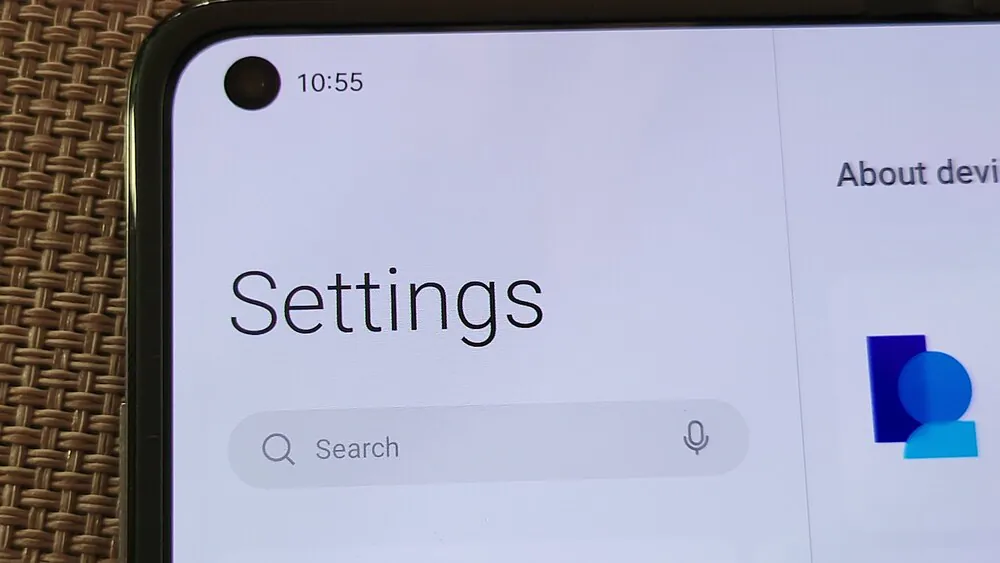© ROOT-NATION.com - Use of content is permitted with a backlink.
The OPPO Find N pushes the design of folding smartphones further, showing that the future of such devices is creaseless.
OPPO Find N is a brand new folding smartphone on the market of bendable devices, which is different from everything we have seen so far. The biggest highlight is the creaseless display, which not only looks fantastic, but also gives an idea of what we can expect from folding phones in the future. I spent a few days with the OPPO Find N, and that’s what I liked about it.
What’s interesting about it?
Since OPPO introduced its first folding smartphone, Find N, many enthusiasts, experts and my fellow journalists have been dying to try it out. The reason is simple – the smartphone has a unique design and display with a minimal crease. Although OPPO confirmed that Find N is only a product for China so far, which means it is not launching in other markets. But we’re in the verge of a new era.
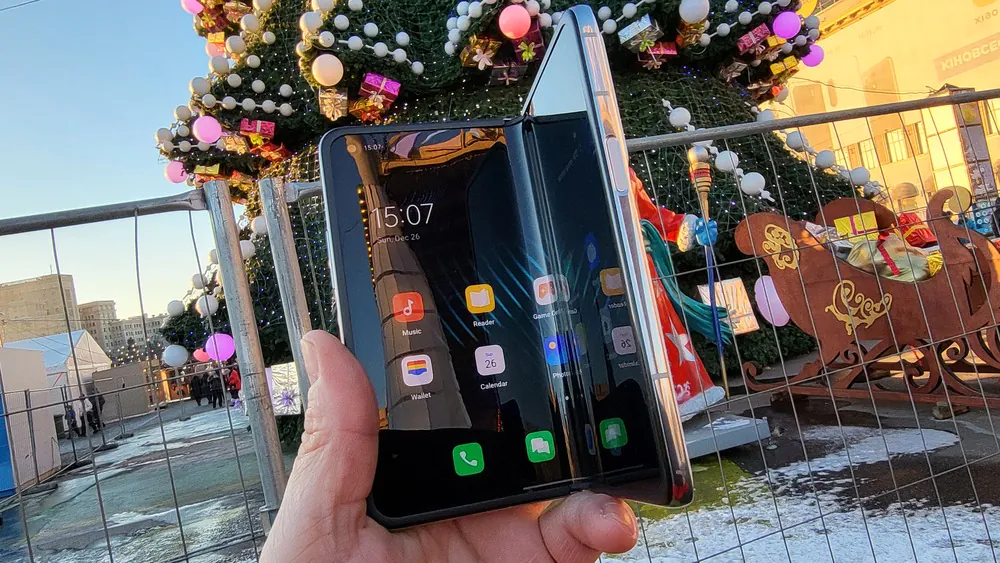
I got the Oppo Find N and have been using it as a second device for almost a week now. Why second? Well, this is a Chinese device, so you won’t find Google services here, even the usual Facebook, Twitter, Telegram, etc. apps are simply unavailable for download and installation. There is an App Market, but it’s pretty much useless. Of course, I could install Apk files for Android, but I decided not to risk it. Besides, our SIM card won’t work yet either.
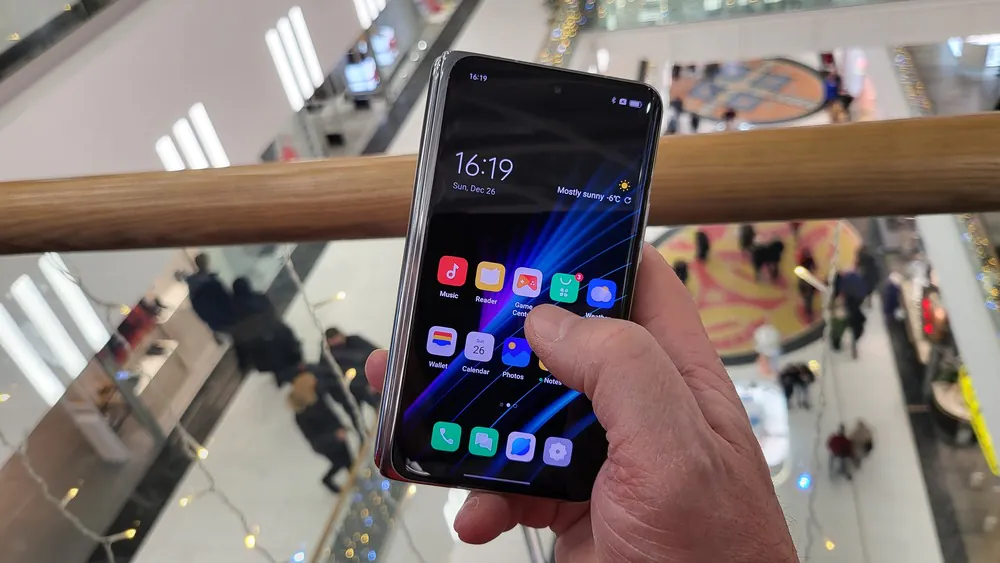
In the limited time I managed to spend with OPPO Find N, I realized how convenient this form factor is compared to competing foldable smartphones. The external screen is less than 6 inches, which means that it is compact, and, best of all, it is convenient to use with one hand when folded.
I once tested the Samsung Galaxy Z Fold3, and for me OPPO Find N looks like an updated approach to the design of folding smartphones. So, let’s look at it in more detail.
Full specifications
Let’s start with the specification of this phone, it is very promising, but not surprising. Except for screen sizes, but more on that below.
- Operating System: ColorOS 12 (Android 11)
- External screen: 5.49-inch AMOLED, resolution 1972×988, refresh rate 60 Hz, touch sampling rate 1000 Hz, brightness 500 nits (maximum 1000 nits), Gorilla Glass Victus coating
- Internal screen: 7.1-inch AMOLED, 1920 x 1792 resolution, dynamic refresh rate 1-120 Hz, touch sampling rate 1000 Hz, brightness 500 nits (maximum 1000 nits)
- Chipset: Qualcomm Snapdragon 888
- Memory: 8 GB RAM + 256 GB ROM / 12 GB RAM + 512 GB ROM (UFS 3.1)
- Cameras (rear): 50 MP f / 1.8 OIS (Main module, 24 mm, Sony IMX766 1.56 in) + 16 MP f/2.2 (ultra-wide angle, 14 mm, Sony IMX481) + 13 MP f/2.4 (tele, 52 mm, Samsung S5K3M5)
- Front-facing cameras (folded + unfolded): 32 MP f/2.4 (Sony IMX615) + 32 MP f / 2.4 (Sony IMX615)
- Video: 4K/60 fps
- Speakers: Stereo with Dolby Atmos
- Battery: 4500mAh
- Charging: 33W wired SUPERVOOC system (70 minutes to 100%, 30 minutes to 55%), 15W wireless AIRVOOC, 10W reverse
- Sensors: fingerprint sensor at the edge of the case, light, proximity sensors, accelerometer, Hall effect, gyroscope, pedometer, geomagnetic sensor
- Wireless: 5G (SA, NSA), Wi-Fi 6E, Bluetooth 5.2 (SBC, APTX HD, LDAC), NFC, GPS (Galileo, BeiDou, QZSS)
- SIM Cards: Dual Nano-SIM slot
- Connectors: USB Type-C
- Weight: 275g
- Dimensions (unfolded): 132.6×140.2×7.8-8 mm
- Dimensions (folded): 132.6×73.0×15.9 mm.
If you pay attention to charging, it decent, but not amazing, typical for a folding design today, but compared to the Samsung Galaxy Z Fold 3, it is more efficient. Both with wired and wireless charging. On the other hand, Huawei has faster charging, despite the fact that its Mate X2 is the biggest and heaviest here. But it was important for OPPO to maintain the optimal size of the smartphone, so the developers has chosen SUPERVOOC 33 w.
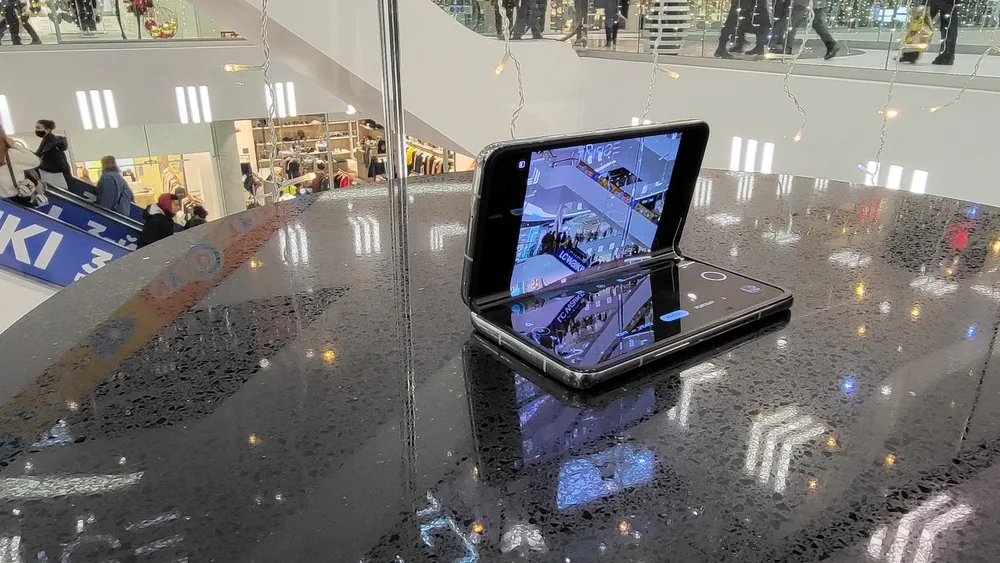
Otherwise, the specification is similar to what we get in Samsung products.
I reviewed the Huawei Mate X2, and I really liked it, but the limitations of the ecosystem also limit its popularity, besides its high price. There is also the Motorola RAZR, but this is again a product for undemanding people.
It is also worth mentioning the Microsoft Surface Duo 2 and its original design. When folded, it is similar to competitors, but after unfolding it offers two interacting screens. Hence, it’s not exactly the same as what we see in other foldable Android devices.
Read also: OPPO Reno 6 Pro 5g review: So good I want one now
OPPO Find N: it’s tiny
Of course, I used the term “small” conditionally, because it seems small compared to the Samsung Galaxy Z Flip3 or Motorola RAZR. Its outer screen has an optimal size, according to many users, that is, less than 5.5 inches. It’s much smaller than the Galaxy Z Fold3, and that’s why the OPPO Find N seems smaller.
Because it’s actually smaller, especially vertically. Instead of an overly elongated screen, we have an almost classic aspect ratio of 18:9. As a result, the OPPO Find N lies comfortably folded in the hand, although it is not lighter than the Fold.
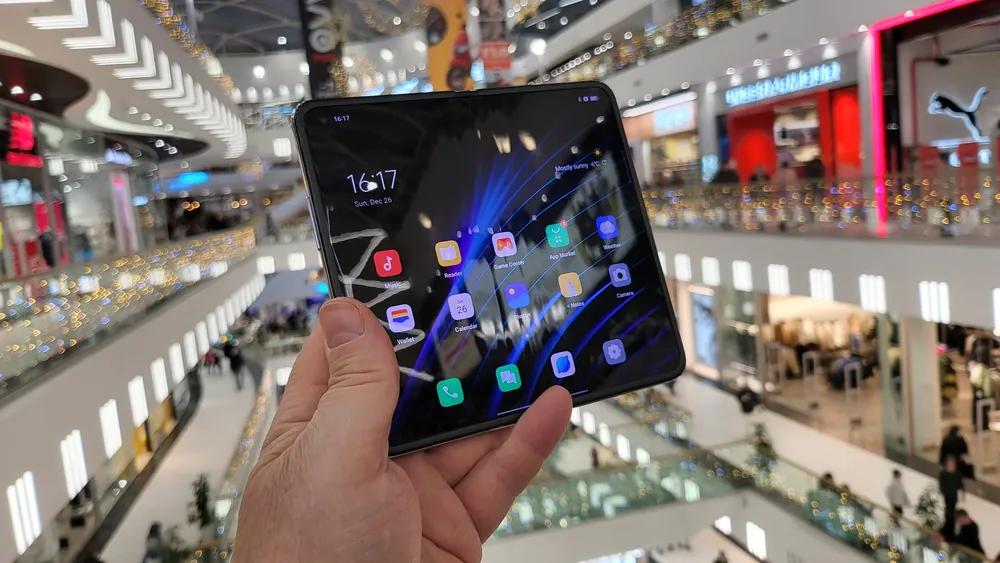
The OPPO Find N can be classified as a folding smartphone of medium size. This can attract many customers, because a particularly large outer screen is not necessary here. On the other hand, it doesn’t make much sense not to use the entire outer panel of the smartphone for the display either.
The important thing is that when unfolded, the OPPO Find N offers 60% more work surface than a regular phone with a 6.5-inch screen. And this is despite the fact that the unfolded screen has a size of only 7.1 inches, which is smaller than Samsung’s, or Huawei’s displays. inches.
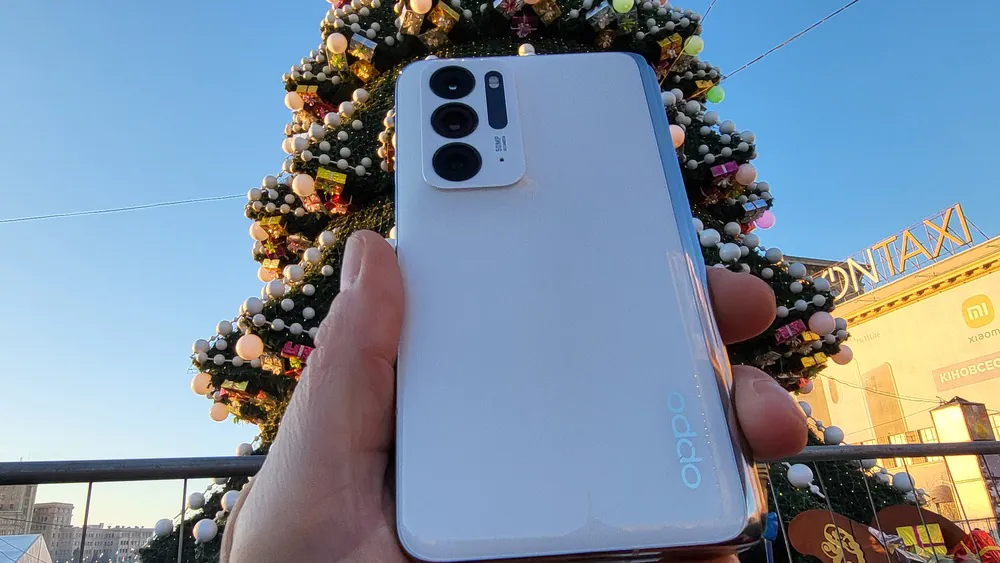
I am ready to accept this smaller size (and slightly lower resolution) in exchange for convenience.
Read also: OPPO Reno 6 5G review: Affordable and a joy to use
OPPO Find N: Hinges, crease and convenience
The first thing that catches your eye when unpacking OPPO Find N is the compact form factor of the device. The smartphone uses landscape mode for the outer screen, so switching between the 7.1-inch inner display and the 5.49-inch outer display is easy. This inner display mode allows users to comfortably read, watch videos and play games.
Regardless of its characteristics, the OPPO Find N provides a perfect balance between the outer and inner displays, which is different from other folding mobile devices.
Read also: OPPO X 2021 first impressions: Technology of the future?
Flexion Hinge
But the real star here is the hinge, which is able to hide the crease. OPPO calls it the Flexion Hinge.
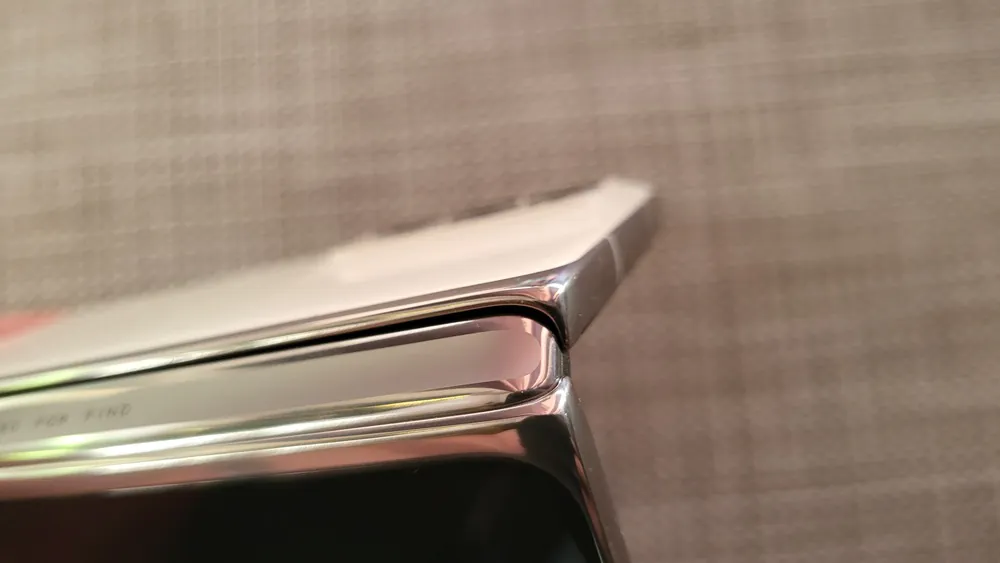
The hinge in OPPO Find N consists of 136 components, adjusted to an accuracy of 0.01 mm, which ensures its smooth operation. The water-drop hinge design increases the bending angle of the display and creates a buffer when the display is folded, which, in turn, minimizes the crease, which is 80% less noticeable compared to other similar devices. This was confirmed by the TUV Institute.

This hinge design, combined with a number of software functions, allows you to use the full potential of a folding display. FlexForm mode enables OPPO Find N users to fully customize the device according to their needs.
The screen folds perfectly
The hinge design virtually eliminates the gap between the displays when folded, providing a more integrated view of the device and better protection of the internal display from scratches and damage. Folding smartphones usually have the shape of a wedge after folding, which is caused by the need to protect the screen from excessive loads when bending. However, OPPO managed to eliminate the gap that occurs between the wings of the folded phone. When folded, the OPPO Find N looks like two smaller smartphones tightly pressed together. The difference in the thickness of the battery part and the display is a slight 0.2 mm.
OPPO has made sure that the screen and body frames are precisely fitted, including at the point where the screen bends. Additional covers in the center of the case cover the gap between the screen and the hinge. As a result, there is practically no place where dirt could get under the display. OPPO states that the Find N design was developed over four years of research based on six generations of prototypes. Looking at this device, I can believe that.
Read also: OPPO Reno 6 Pro 5g review: So good I want one now
The crease is gone
You obviously remember the first bendable smartphones. They appeared not so long ago, and their biggest problem, which has not yet been completely solved, is the line along which they bend. Motorola used the idea that part of the screen should slide under the body when folding, others took care of the correct shape of the screen when bending.
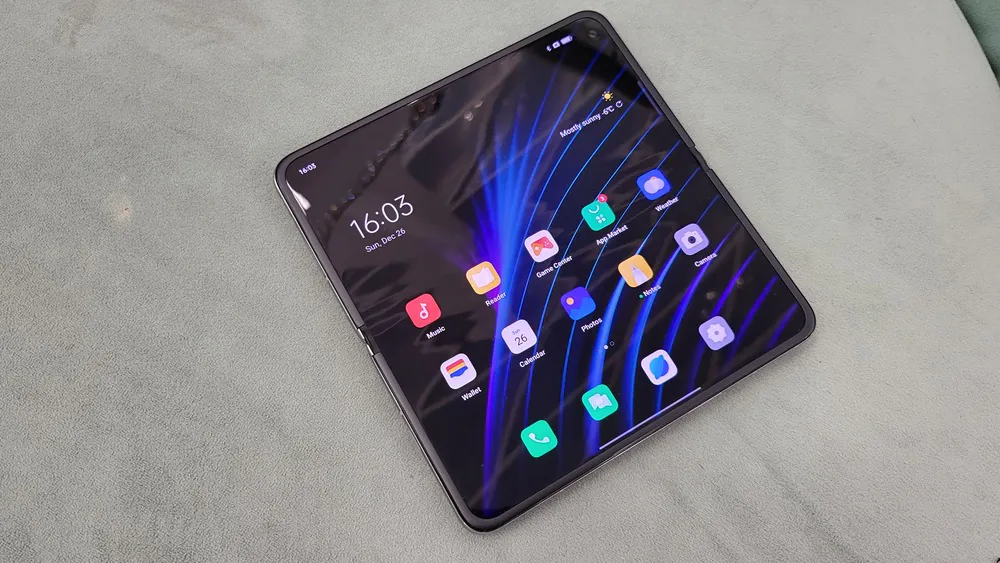
OPPO seems to be the closest to the ideal solution, although it is difficult to judge after a short use. I didn’t have a chance to check whether the screen and the case can withstand 200,000 folding/unfolding cycles at -20°C without any visible impact on the display.
On the unfolded screen, the crease is almost invisible. Almost, because OPPO itself admits that it is only 80% smaller than in other phones.
This is important because the manufacturer assumes that the user will not change the orientation of the display after unfolding, and the work will continue in a vertical orientation, which is not always convenient. So far, we can talk about vertical mode with an almost square screen.
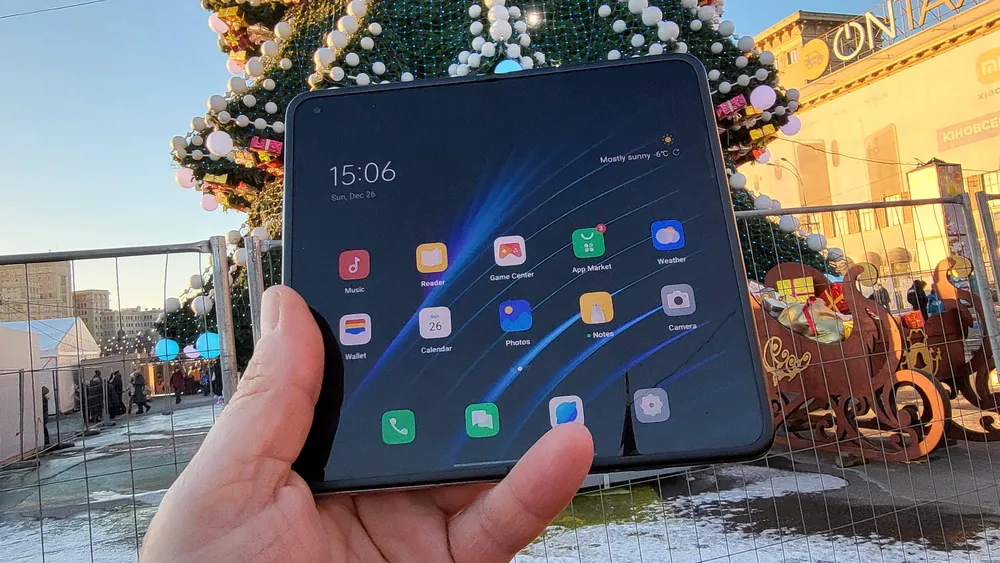
The strength of the screen is affected not only by its structure of 12 layers, including an ultra-thin layer of glass (Flexion UTG with a thickness of only 0.03 mm), but also by an improved hinge mechanism (Flexion Hinge).
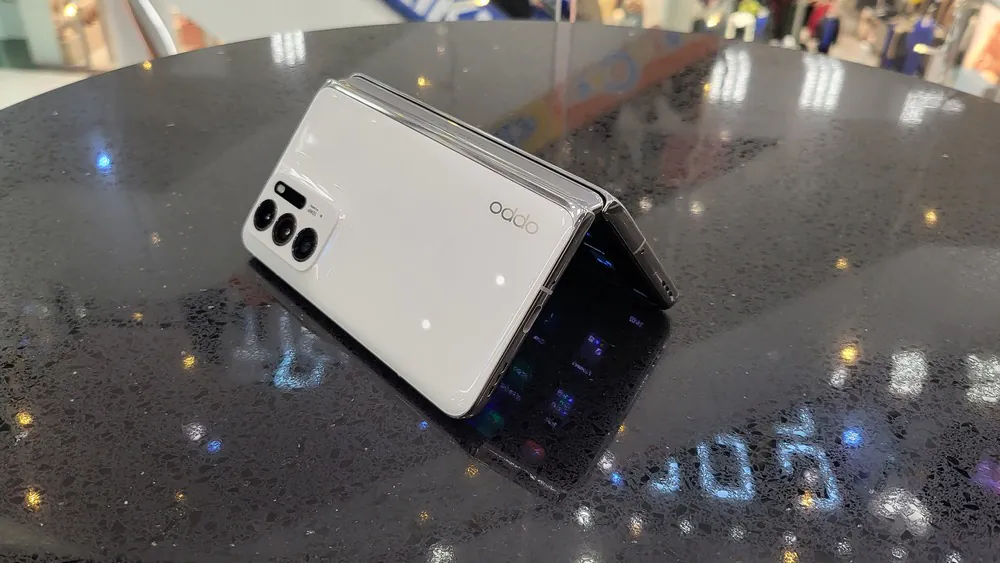
The goal of the four-year work on the hinge for OPPO Find N was to achieve the accuracy and smoothness of the movement, similar to the work of human joints. According to the manufacturer, this goal has been achieved. I can only confirm that the hinge works smoothly and comfortably, although sometimes it happens with a rather loud click while closing the smartphone.
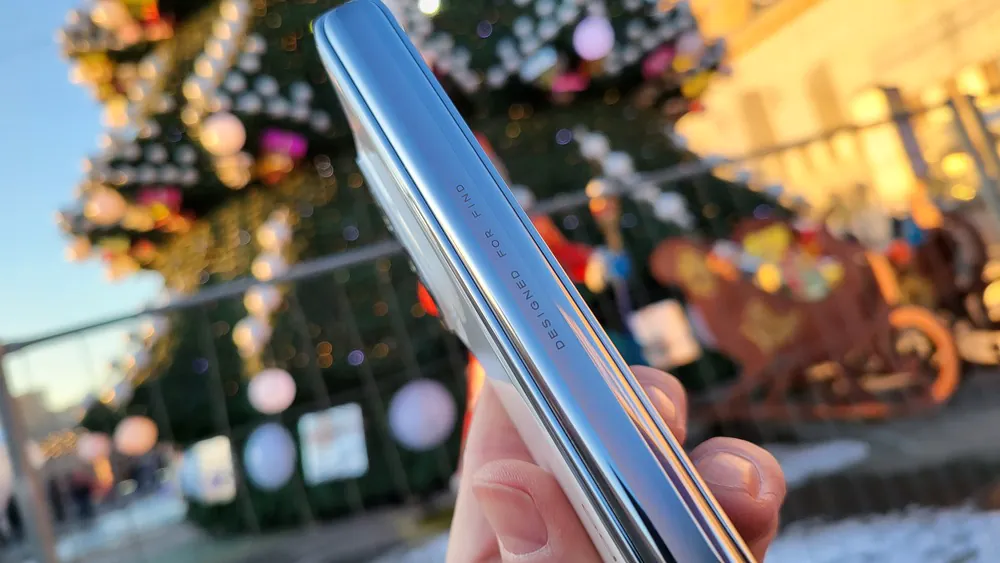
But the credit belongs not only to the team that developed the OPPO Find N design. Working with this foldable smartphone, I realized that a lot of software-level optimizations have been made that have improved the overall user experience. When the smartphone is unfolded, the content is transferred from the outer screen to the main inner screen. And by folding the device, the user can continue using the same function on the outer screen. A very elegant software setup.
Read also: Redmi Smart Band Pro review: Advanced fitness tracker
OPPO Find N: impressive display
The OPPO Find N comes with a 7.1-inch internal AMOLED display that offers a screen resolution of 1792×1920 pixels and a peak brightness of 1000 nits.
The external display is a 5.49-inch AMOLED panel with a refresh rate of 60 Hz, a screen resolution of 988×1972 pixels and a pixel density of 402ppi.
The durable Corning Gorilla Glass Victus protects both screens.
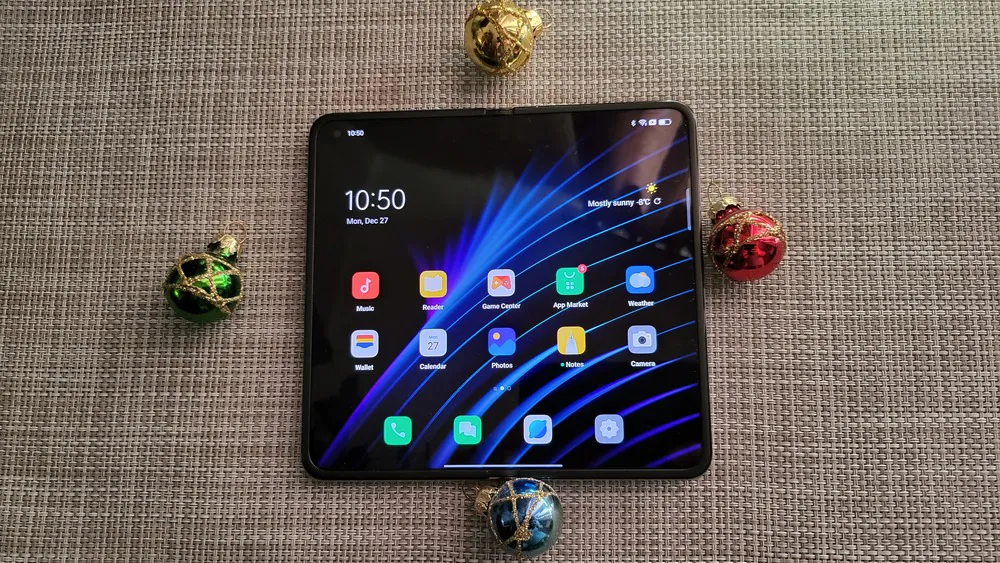
The 7.1-inch display, which opens in landscape mode, is ideal for watching videos, reading e-books and playing games. The aspect ratio of the 8.4:9 internal display is unusual, and you won’t get that aspect ratio on other foldable devices. When folded, the 18:9 aspect ratio and the 60 Hz panel are good enough for your daily needs.
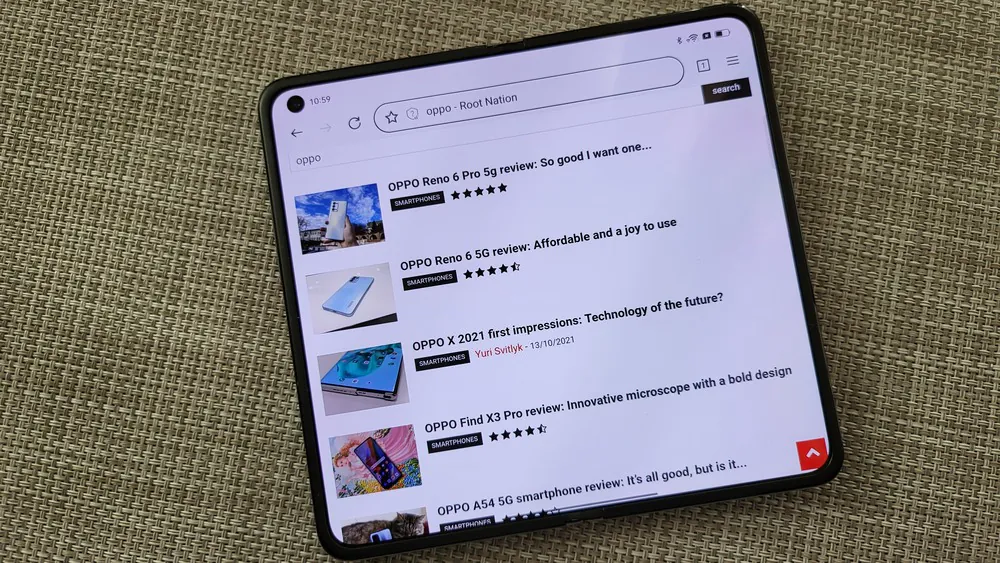
While working with OPPO Find N, I found that the display is very convenient for watching videos and reading articles on the Internet. The internal screen uses an LTPO display with an intelligent dynamic refresh rate, as in some of the latest premium devices.
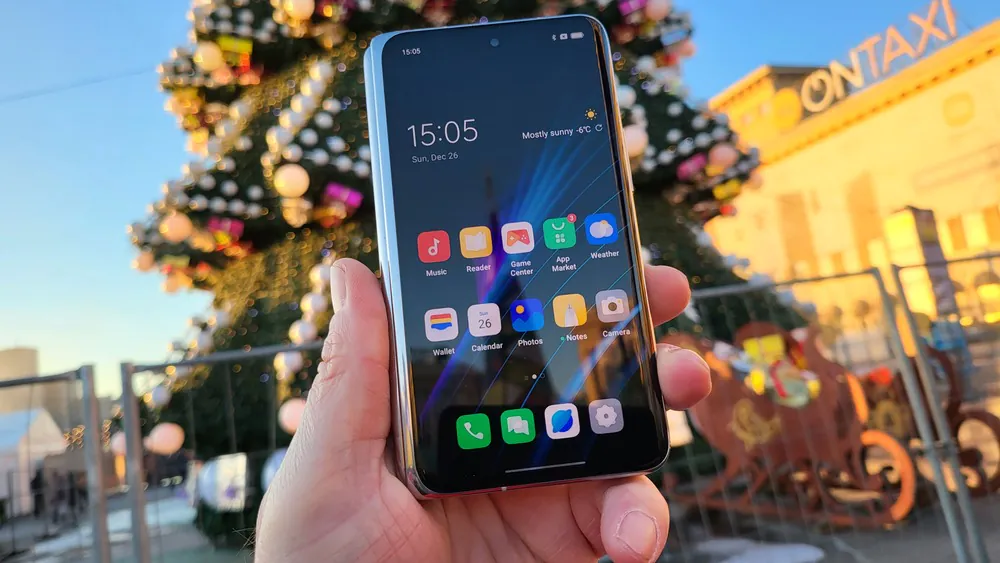
If I could change something in the Find N, it would be a glossy surface and a slippery back panel. Although, my opinion regarding the glossy coating is subjective, because there are people who like this kind of finish. But because of the large amount of glass, the Find N is dangerously slippery, besides collecting a lot of prints on its surface. Here it would obviously not hurt to have a case, for example, the one that the Galaxy Z Fold3 has.
Read also: Samsung Galaxy Z Fold3 5G review: Addictive foldable smartphone
Impressive performance, improved ColorOS
The OPPO Find N is a flagship smartphone, so it is not surprising that it is equipped with one of the most powerful Qualcomm Snapdragon 888 processors to date, which is able to cope with almost all tasks. Unfortunately, OPPO Find N will not be sold in Europe, and the device I received for testing was intended for the Chinese market, with ColorOS 12 based on Android 11 without a set of Google apps. Thus, the use of the smartphone was limited to several applications, including the default browser application.
OPPO ensures that the Find N software is optimized not only for the possibility of using a tilted screen, but also provides ease of placing a semi-open phone on the table.

The OPPO Find N launched apps quickly and even switched between multiple apps. The company’s developers have competently integrated some elegant software tricks to make the user’s work more convenient. For example, you can swipe two fingers across the display when you are in the app to split it when using the internal 7.1-inch display. Then you can use another gesture to launch the floating application window. Since it was a Chinese model, I couldn’t test games.
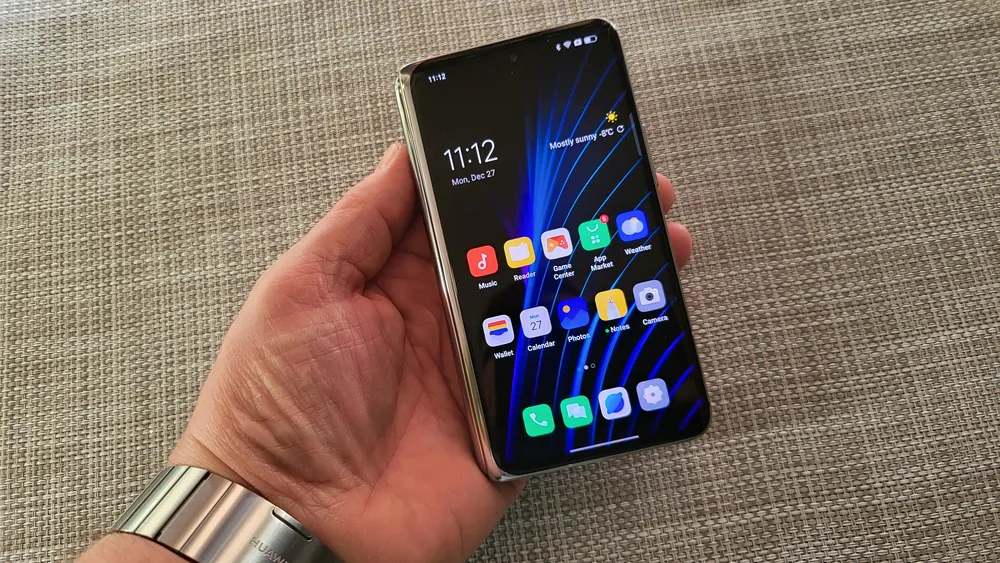 A few words about the work of ColorOS 12. I was surprised by how badly the proprietary shell performed in the case of the OPPO X 2021. Yes, this is a conceptual smartphone, but, nevertheless, it was unpleasant.
A few words about the work of ColorOS 12. I was surprised by how badly the proprietary shell performed in the case of the OPPO X 2021. Yes, this is a conceptual smartphone, but, nevertheless, it was unpleasant.
And Find N shows that a lot of work has been done to improve OPPO’s own shell. When folding and unfolding, any app instantly adapts to the size of the display. It feels like you are holding a commercial version of the device in your hands, not a prototype.
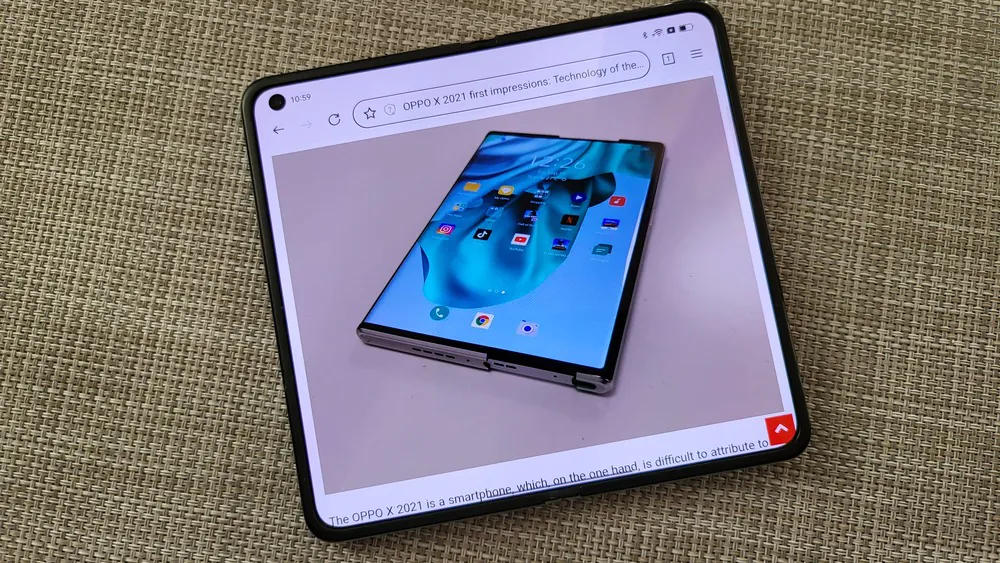
I tried to use a local SIM card but the smartphone refused to detect it and connect, which was to be expected.
Battery life
The smartphone has a lithium-ion battery with a capacity of 4500 mAh and provides fast SuperVOOC charging with a power of 33 watts (wireless – 15 watts, reverse wireless – 10 watts).
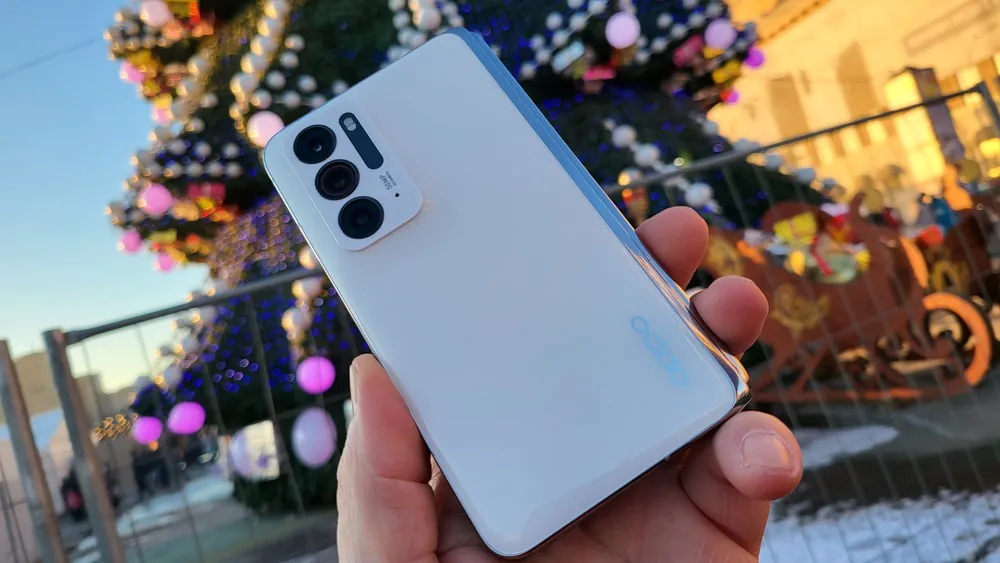
There are no issues with the battery life here. Everything is pretty standard. The smartphone will easily work all day, although it all depends on the way it is used. The set includes a charger that fully charges the smartphone in a little over an hour.
Read also:
- OPPO Reno5 5G review: Strong mid-ranger with 5G
- OPPO Reno4 Lite review: Fantastic Design, Good Cameras, Average Performance
OPPO Find N: a nice set of 5 cameras
As for cameras, OPPO is a brand that usually knows what’s up. Since I had the opportunity to use the Find N for several days, I decided to test its cameras as well. And in this regard, it made a very pleasant impression on me.
The OPPO Find N has only five cameras – three at the back, one on the outer display and one on the inner display. The main camera on the back is a 50-megapixel Sony IMX766 sensor with PDAF, an aperture of f/1.8 and OIS. In addition, there is a 16-megapixel ultra-wide-angle lens with an aperture of f/2.2. Finally, there is a 13-megapixel telephoto lens. The other two selfie cameras are a 32-megapixel Sony IMX615 sensor.
The rear camera offers many settings and functions, including Nightscape, Expert, Panorama, Portrait, Time-lapse, Slo-motion, Breeno Scan, Text scanner, Dual-view Video and Movie. On the other hand, the front-facing camera offers panorama, portrait, nightscape, timelapse, AI-beauty mode and dual-view video. The rear cameras can record 4K video at 60 frames per second.



The Find N contains an excellent set of cameras. Photos from the Find N are impressive, from the Christmas tree with a lot of details even in dark spots to the night sky.
Despite the fact that there is no special macrosensor in the smartphone, the Find N is well suited for close-up shooting. Even in low light and at night, images have clear details and accurately rendered colors.
However, I noticed that in terms of results, smartphone cameras work better with AI disabled.
For example, if you capture a maroon flower with AI enabled, it acquires a slight shade of red, which looks unnatural. But the camera managed to capture almost exact colors with the AI settings disabled. Selfies with different lighting look quite nice.

The Find N also did a good job with portrait shots, and you can see how well the depth effect around the object is manifested here. However, unfortunately, there are some limitations of the camera, namely in the video mode, which is not available at an aspect ratio of 16:9.
VIDEO AND PHOTO IN THE ORIGINAL RESOLUTION
Verdict: Not bad for the first time!
The Find N is OPPO’s first attempt to create a commercial folding smartphone, and admittedly, very successful.
Of course, Samsung was the first to introduce a commercial folding phone and offers several folding devices in its product line. And we can say with confidence that they are still developing and improving.
At the same time, OPPO’s debut with the Find N in this segment seems promising. The landscape orientation of the inner display is easy to get used to. Moreover, the compact form factor of the smartphone when folded is great for one-handed operation, which is a bit difficult in the case of the Galaxy Z Fold3.
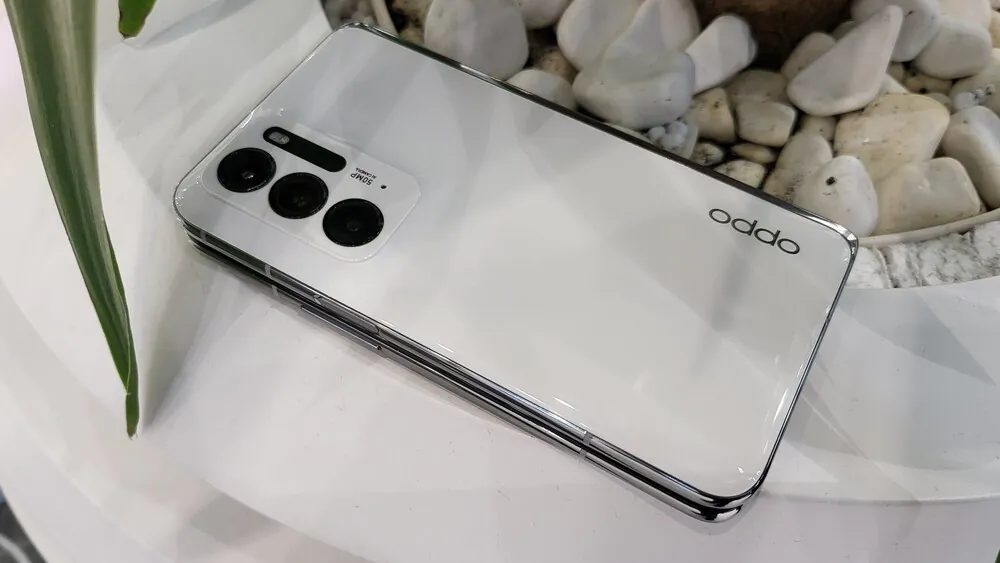
Limiting the sale of a smartphone to China alone is a big disappointment for users around the world, but this may change in the next generation.
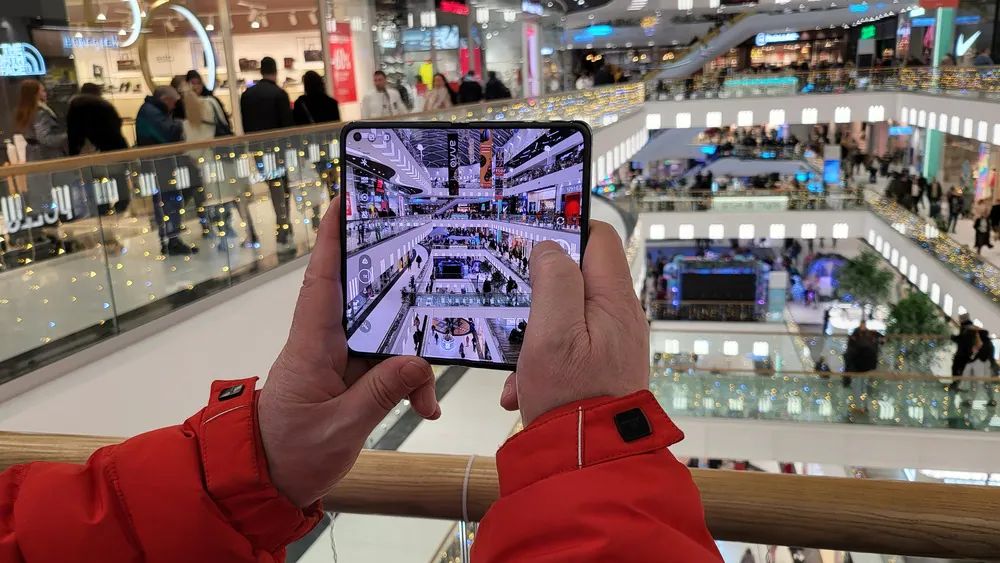
The need to optimize software is one of the main factors why the OPPO Find N is not launching outside of China, as OPPO product director Pete Lau said shortly after the launch at the company’s annual Inno Day event last week.
The bottom line is that OPPO’s Find N is a great product, and for that price, it could attract a lot of buyers who would like spend about $1,000 on a smartphone with such a unique form factor. Let me remind you that the smartphone went on sale in China on December 23, 2021. There are three color options to choose from: white, black and purple. A smartphone in the 8/256 GB configuration costs 7699 yuan, and for the 12/512 option you will have to pay 8999 yuan.
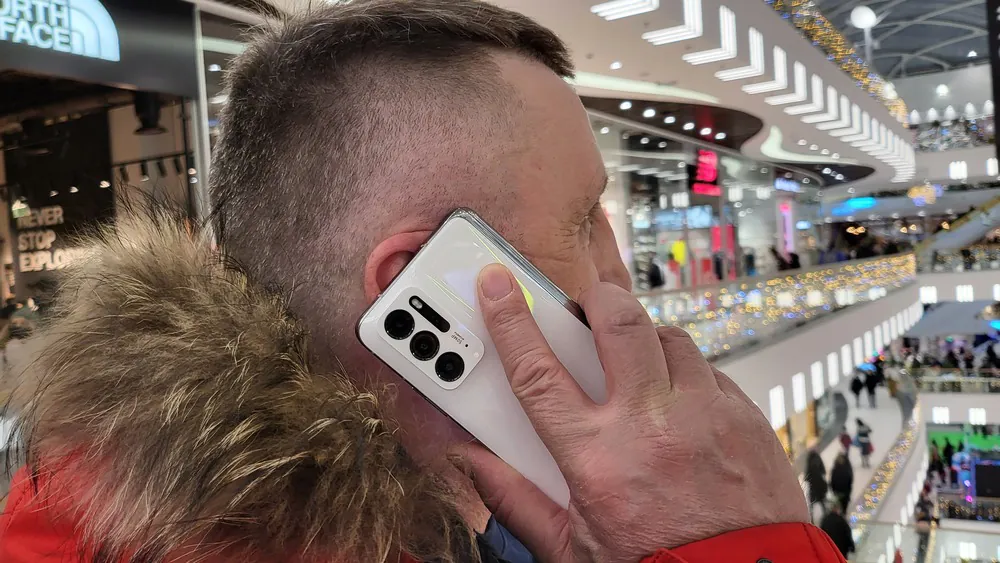
The OPPO Find N is a really nice surprise, and even though I tested it for only 6 days, it won my heart. But I still regret that the OPPO X 2021 will not appear on the market. Although I understand that the costs of its production must be huge, but I really liked the concept. There is hope that the OPPO Find N will be well received in China and enter other markets. This product not only competes with Samsung products, but also opens up new horizons of possibilities for bendable smartphones.
Read also:

Subscribe to our accounts:


